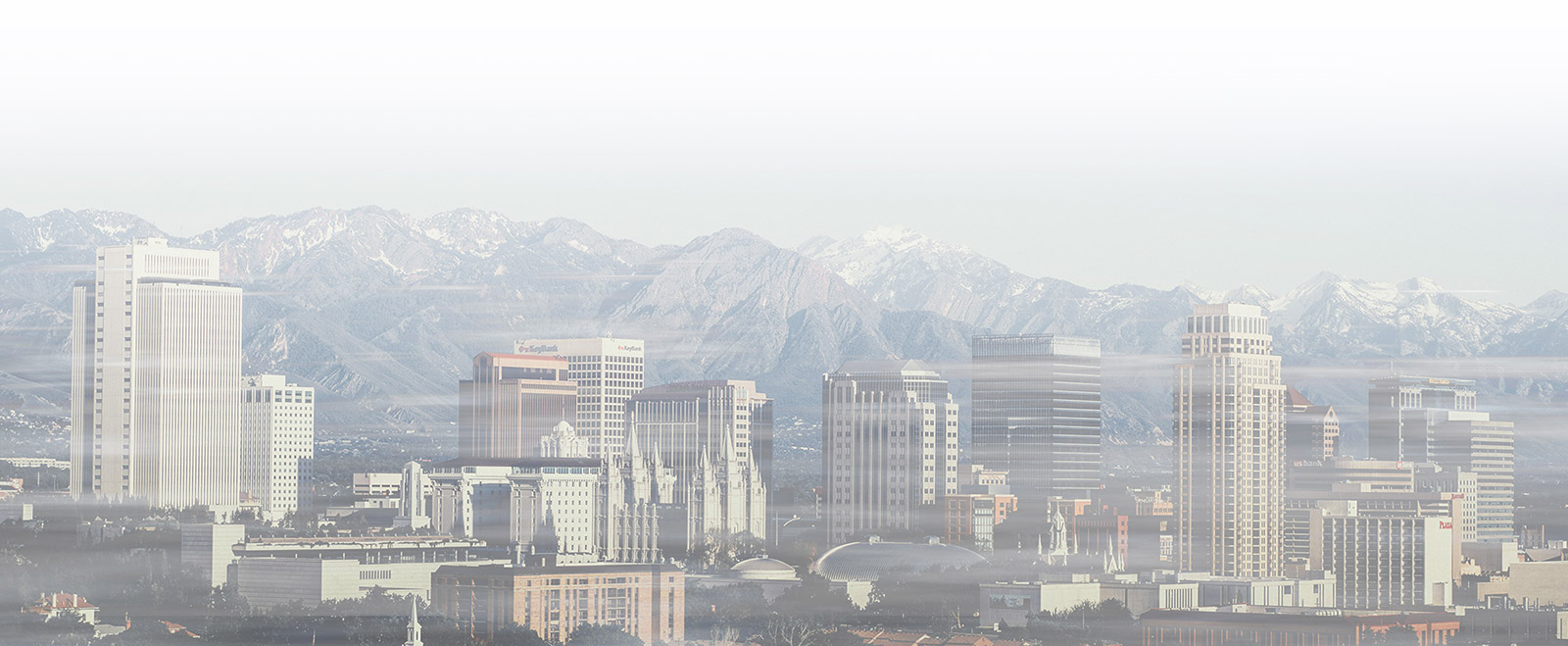Businesses & Organizations
How to help
CLEAN TRAVEL
Businesses and organizations have a big opportunity to not only clean up their operations, but also to make it a no-brainer for their employees to make air-conscious choices.
Create more flexible options for teleworking, compressed work week, and flex hours, particularly on poor air quality days. This will not only reduce emissions, but can boost productivity and health while saving on rent and parking. Consider targeting the Utah Division of Air Quality's "mandatory action days" for responsive teleworking or allowing for expanded seasonal teleworking during summer ozone (July-August) and winter PM (January-Febuary) annual peaks to maximize your impact.
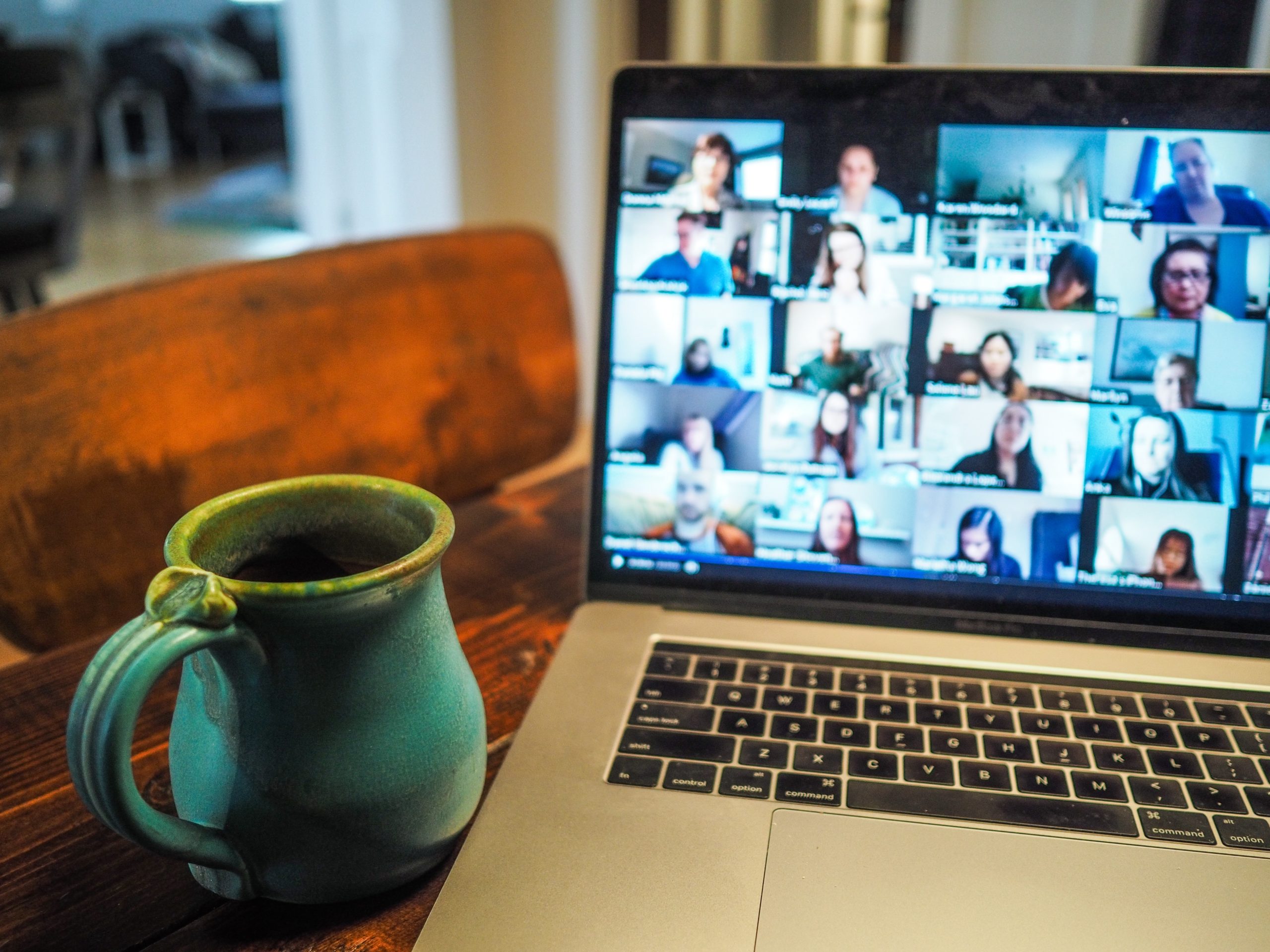

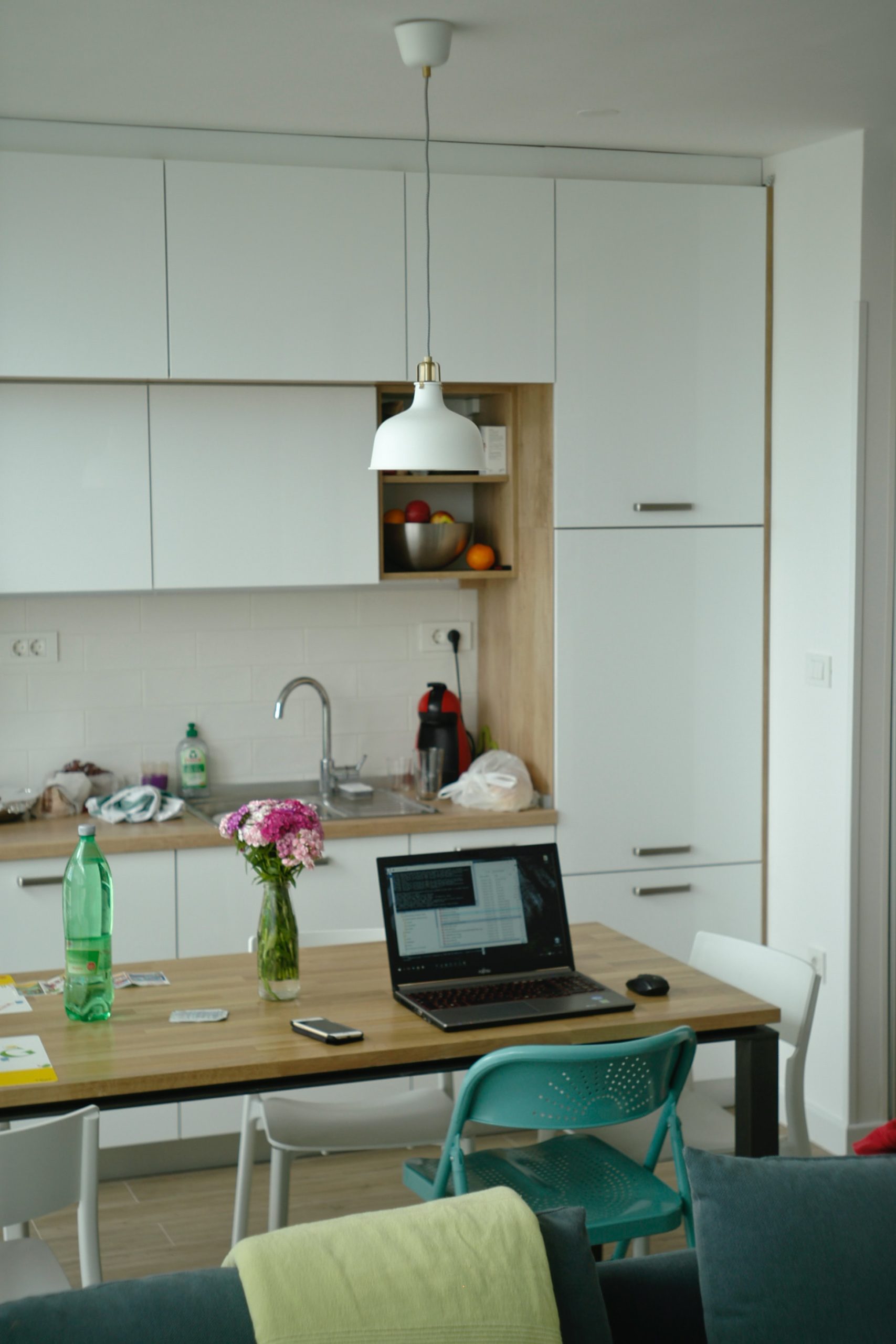
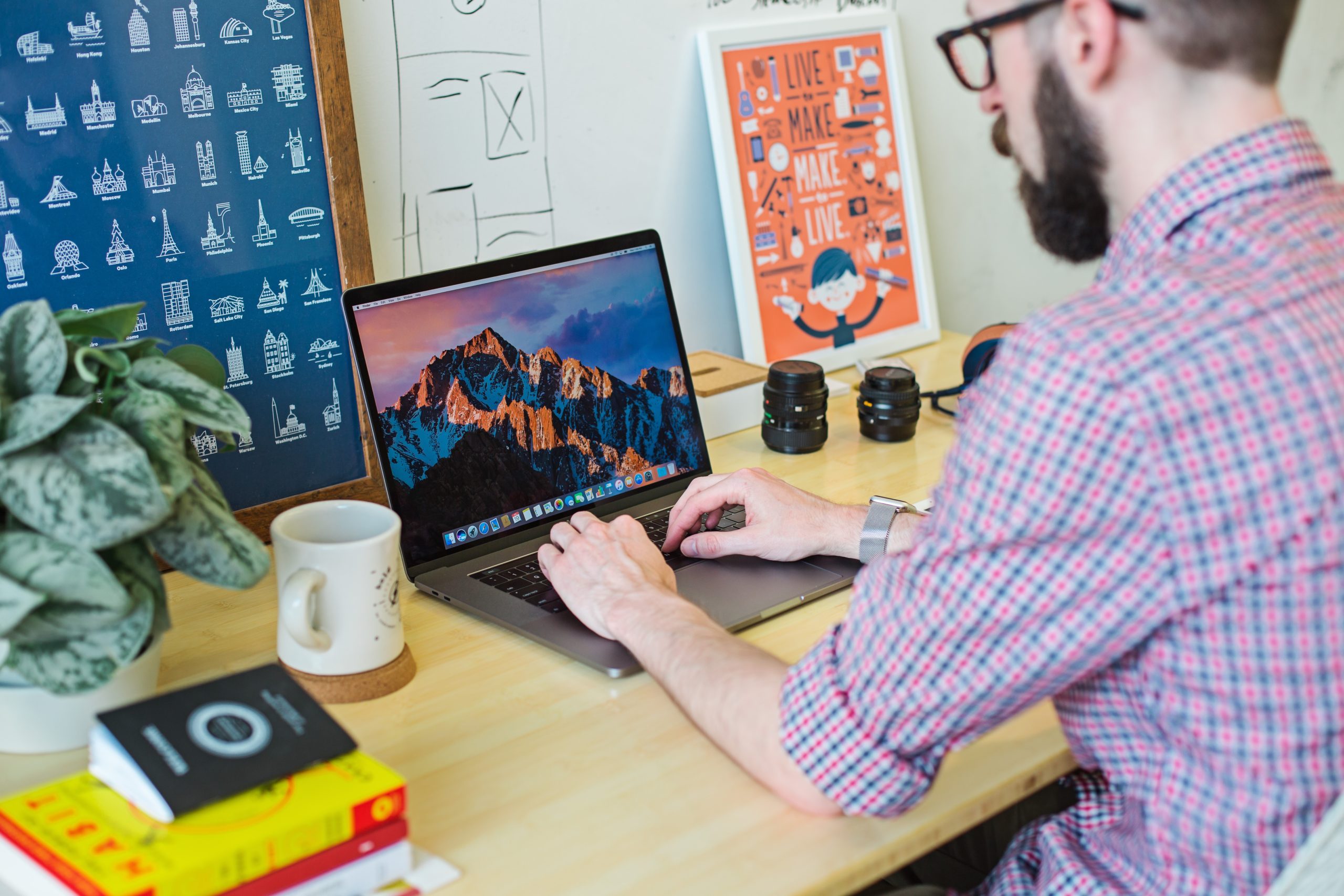
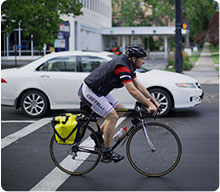
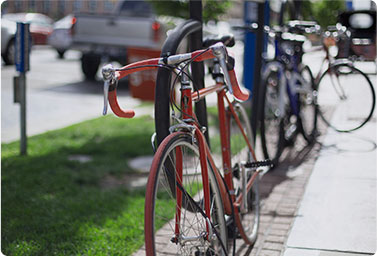
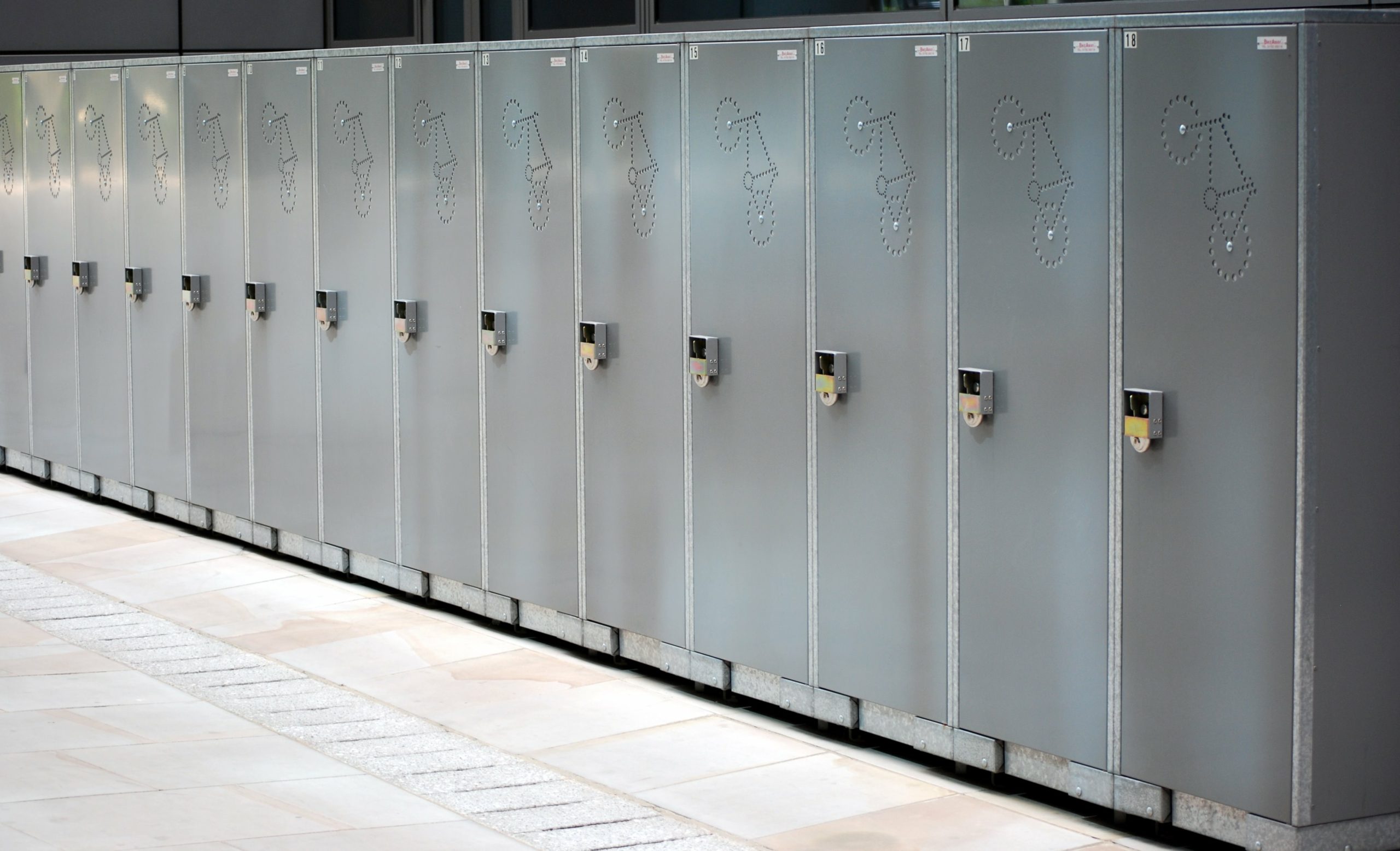

Provide end of trip facilities for bicyclists and pedestrians near work, schools, and other amenities. Things like bike lockers, showers, and changing rooms can make the transition to work or other activities much easier.
Making it easy for your employees to take public transportation takes cars off the road and cleans the air. They might get hooked on a more relaxed and productive commute!
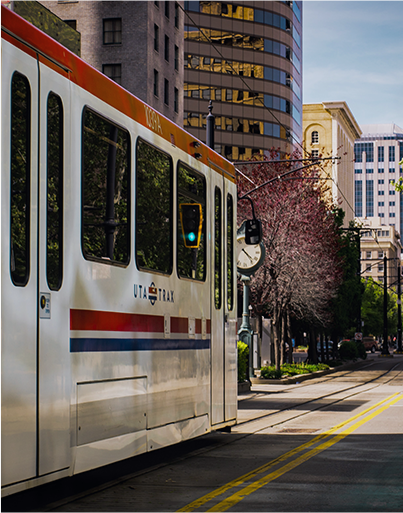
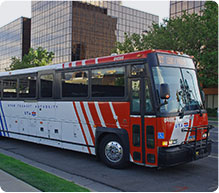
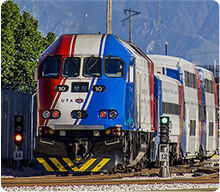

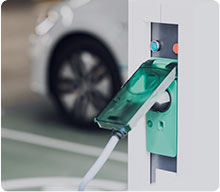
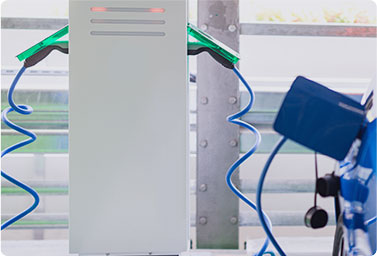
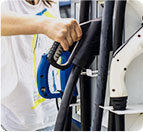
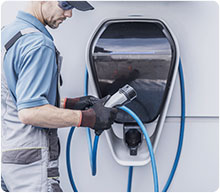
Access to charging stations at work makes buying an electric vehicle a no-brainer for your employees.
Updating vehicle fleets to higher smog ratings or to clean fuel vehicles such as CNG, electric, and new technology like induction charging can significantly reduce an organization's vehicle emissions, fuel use, and maybe expenses!
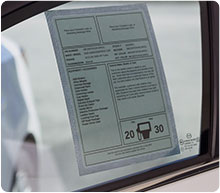
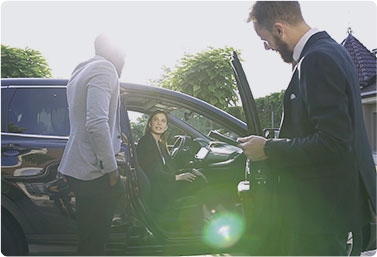
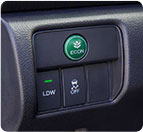
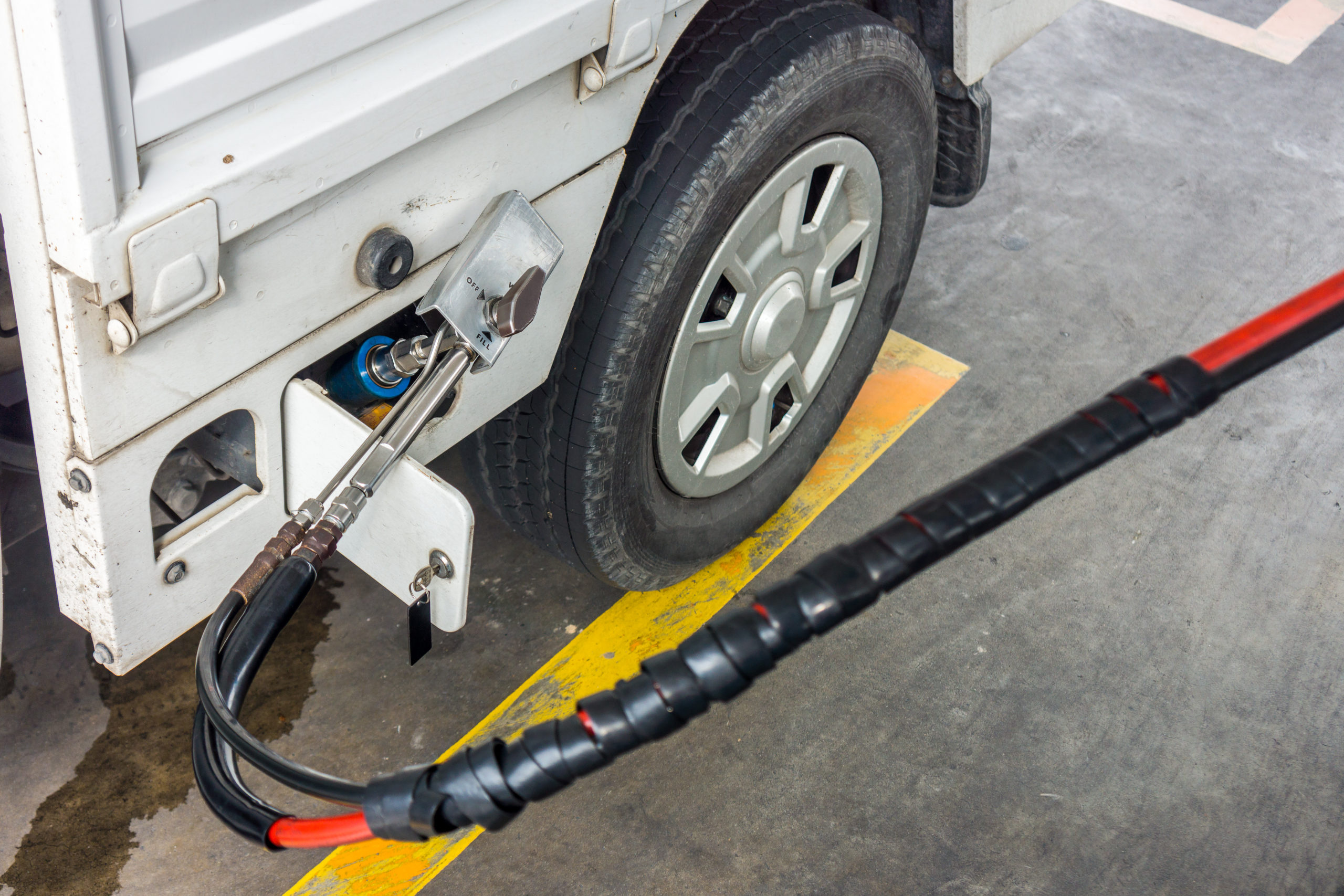
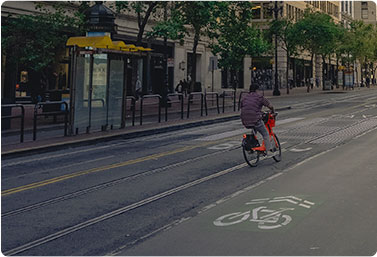
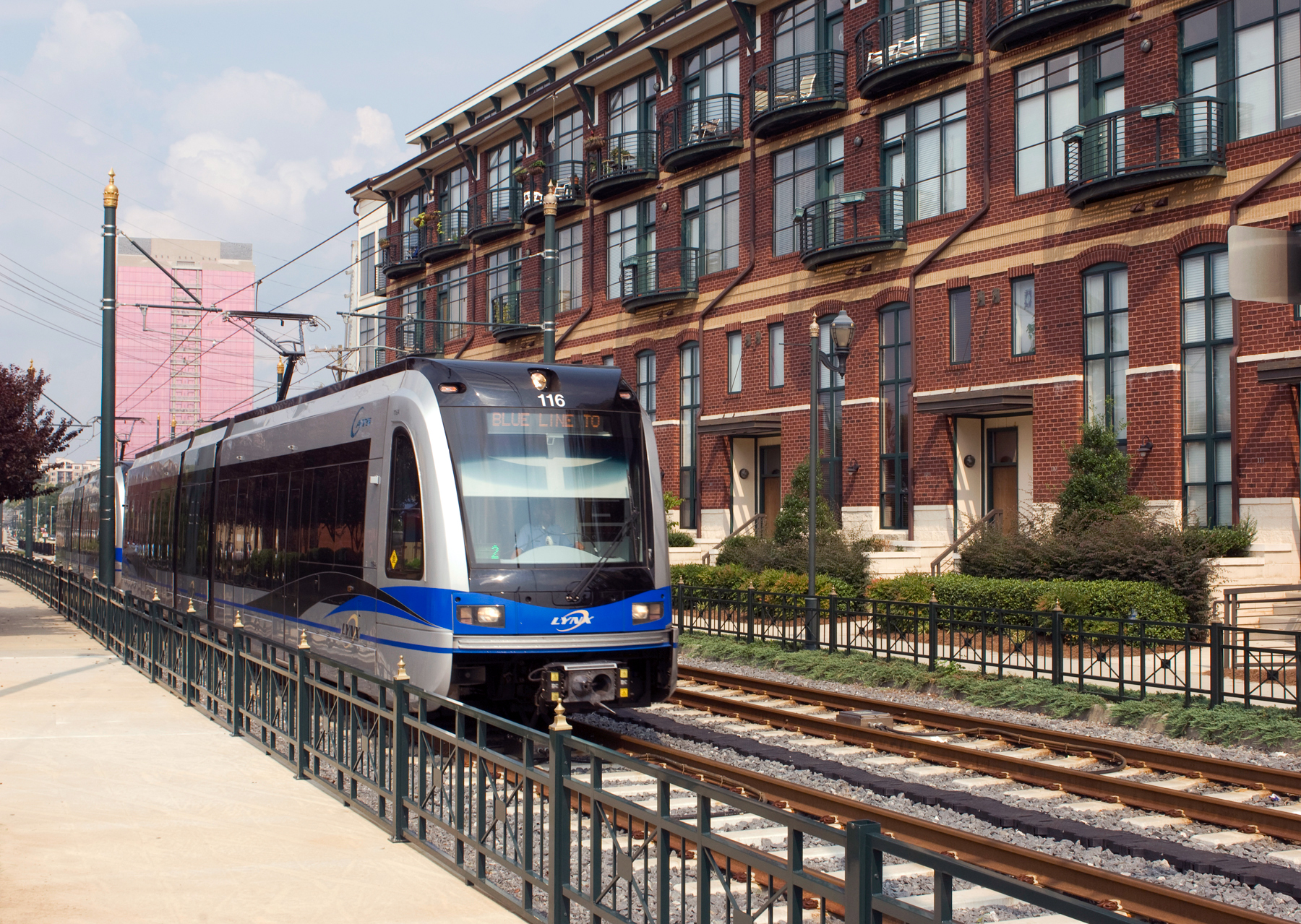
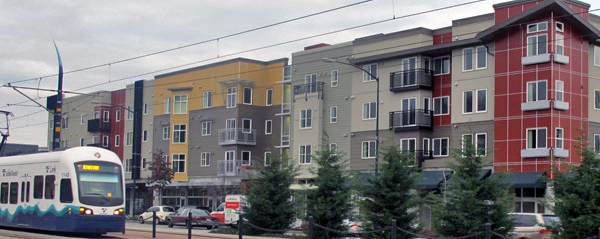

If you’re thinking about relocating your business, consider locations with nearby access to transit, homes, and restaurants.
How to help
CLEAN BUILDINGs
By incorporating clean air strategies into construction, planning, and operations, local businesses and community organizations can reduce waste and harmful emissions.
Install the best available technology to attain the highest efficiency standards during remodeling or new construction. A remodel is the perfect opportunity for some energy efficiency upgrades!
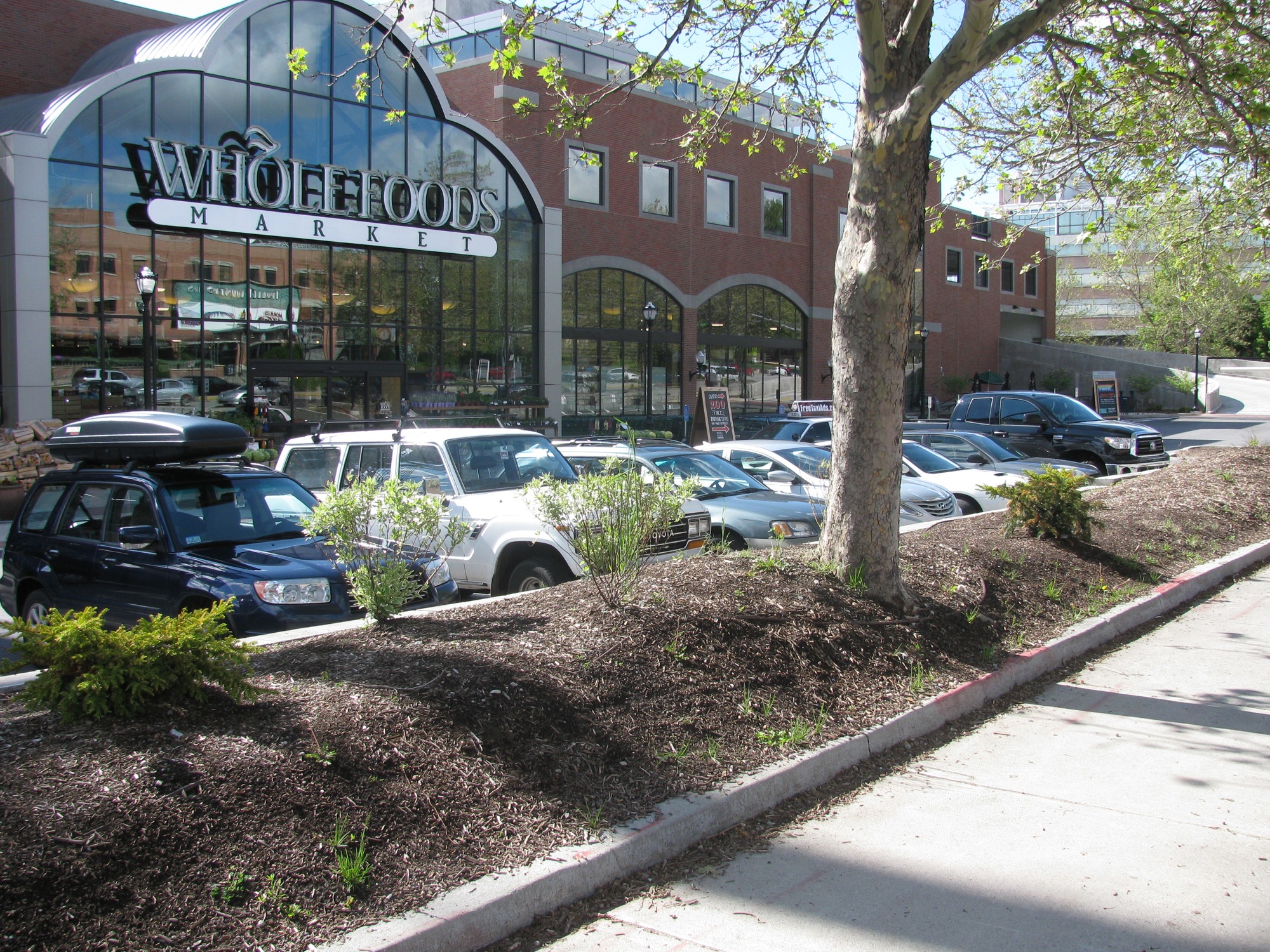
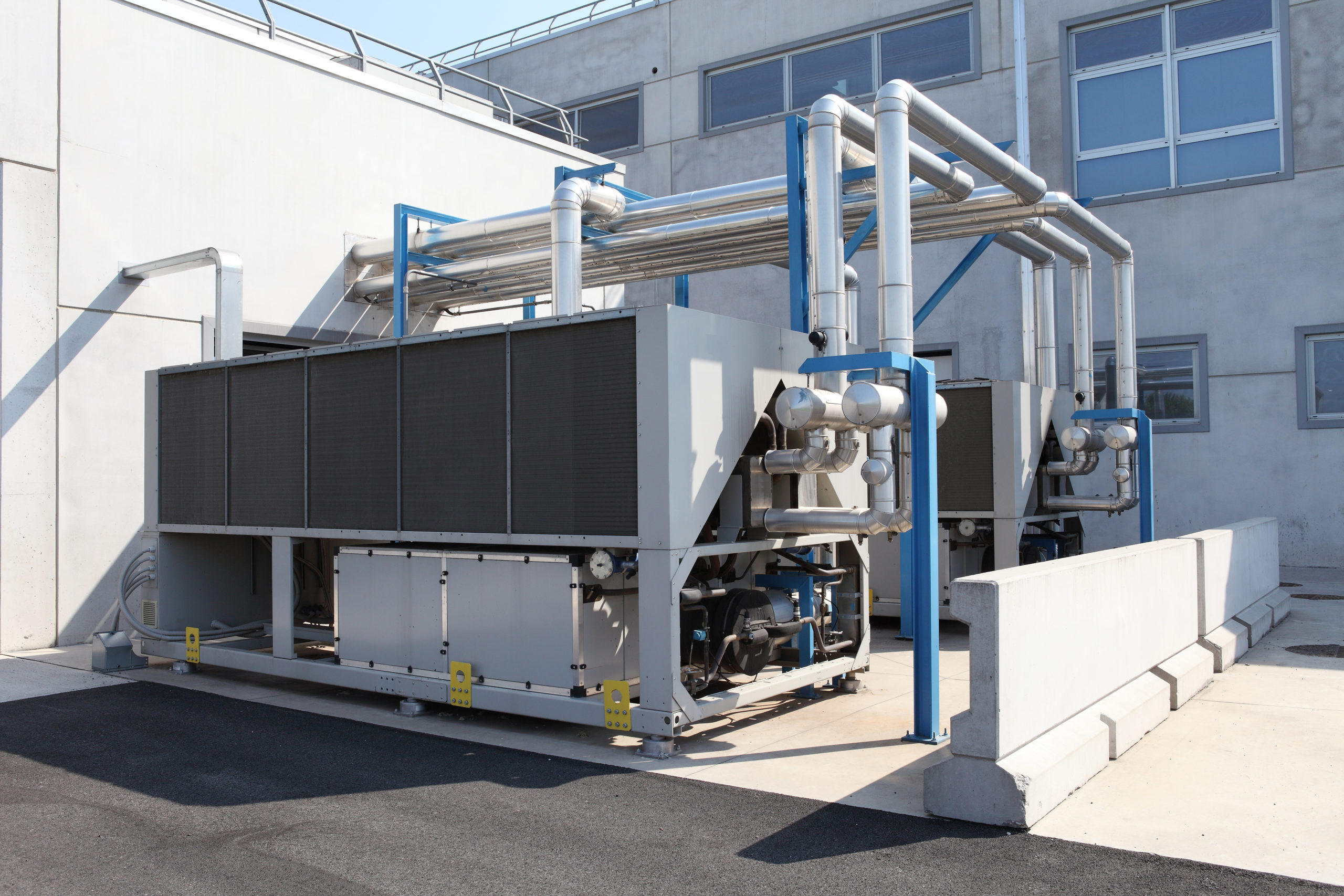

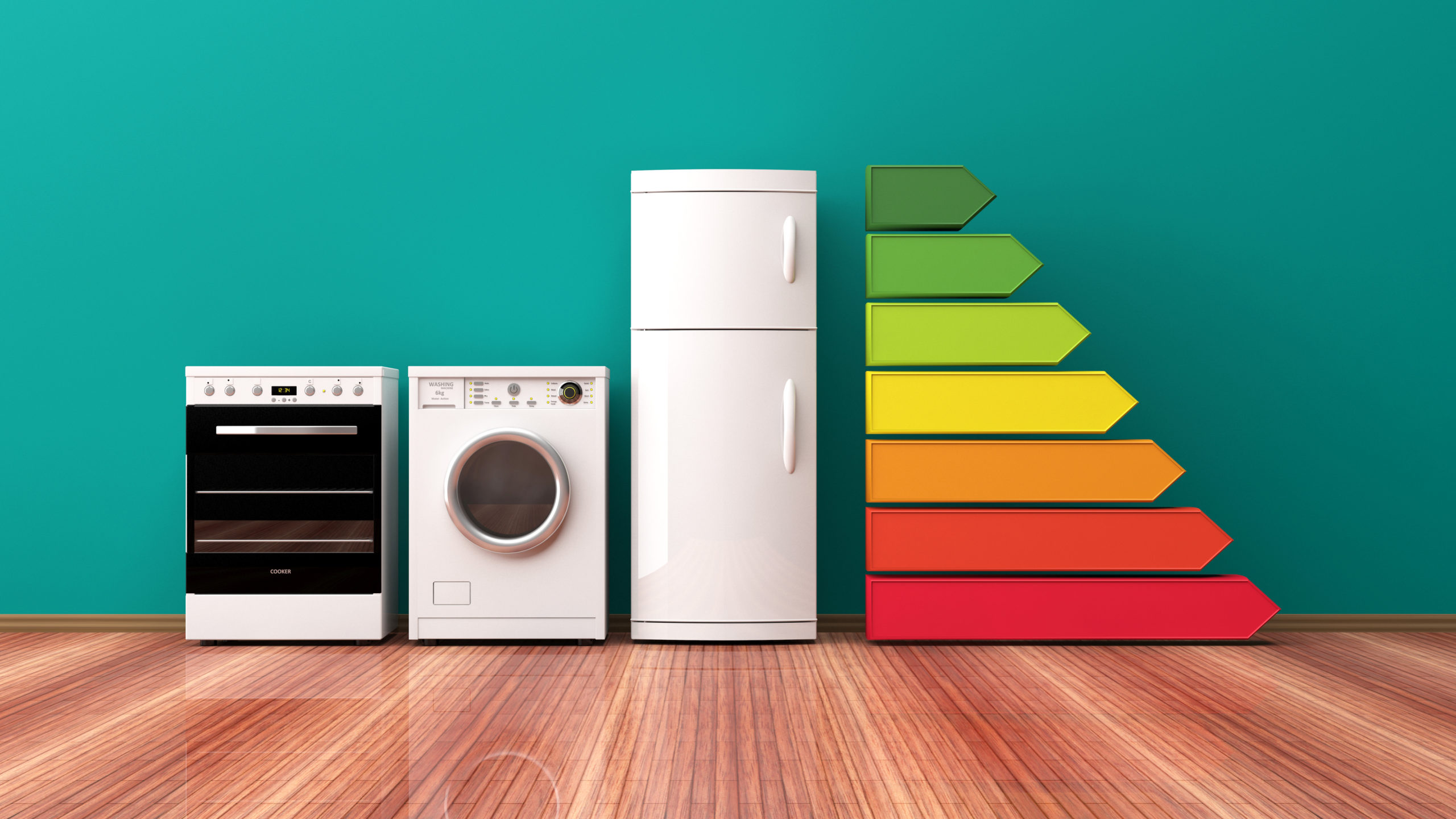
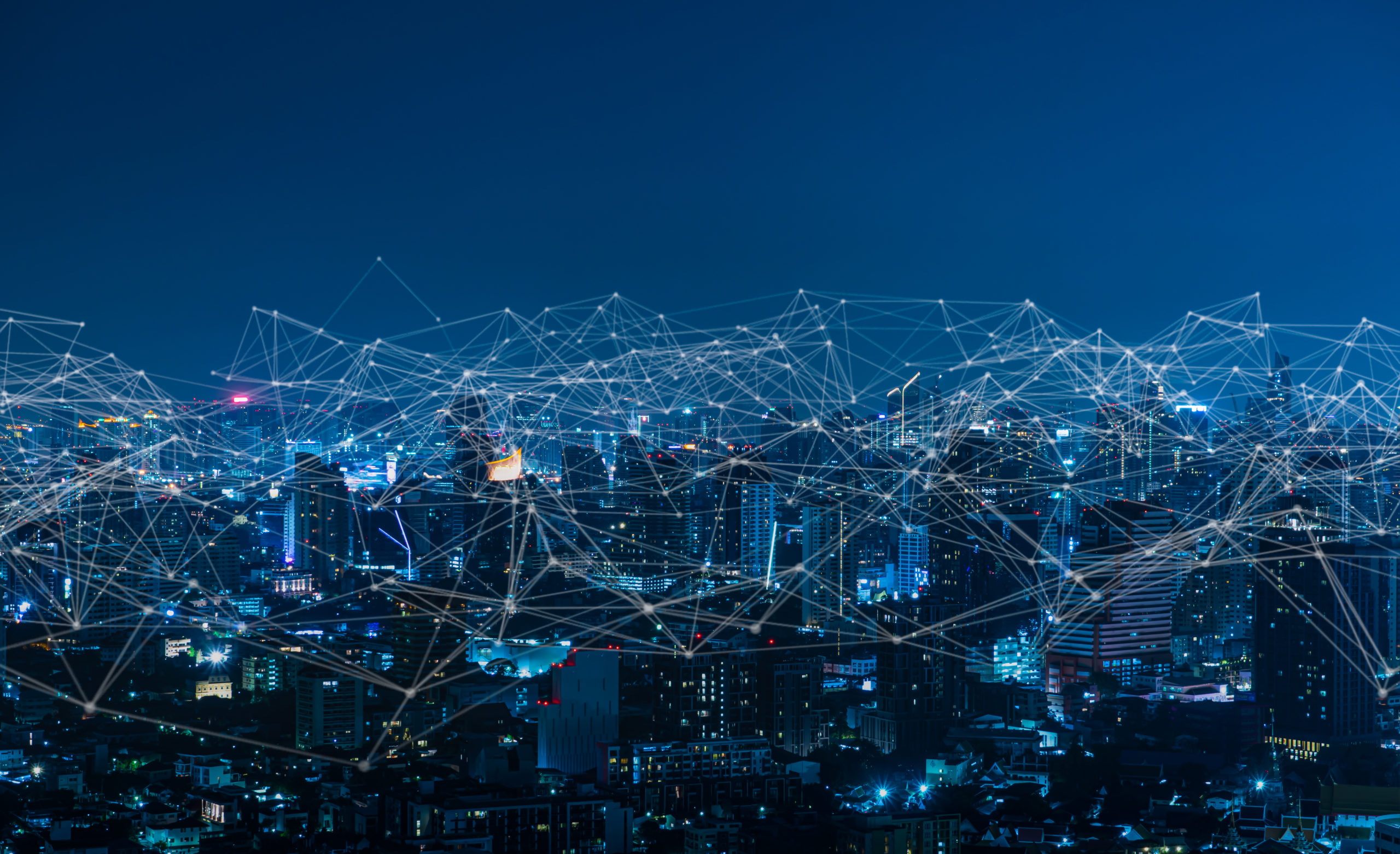
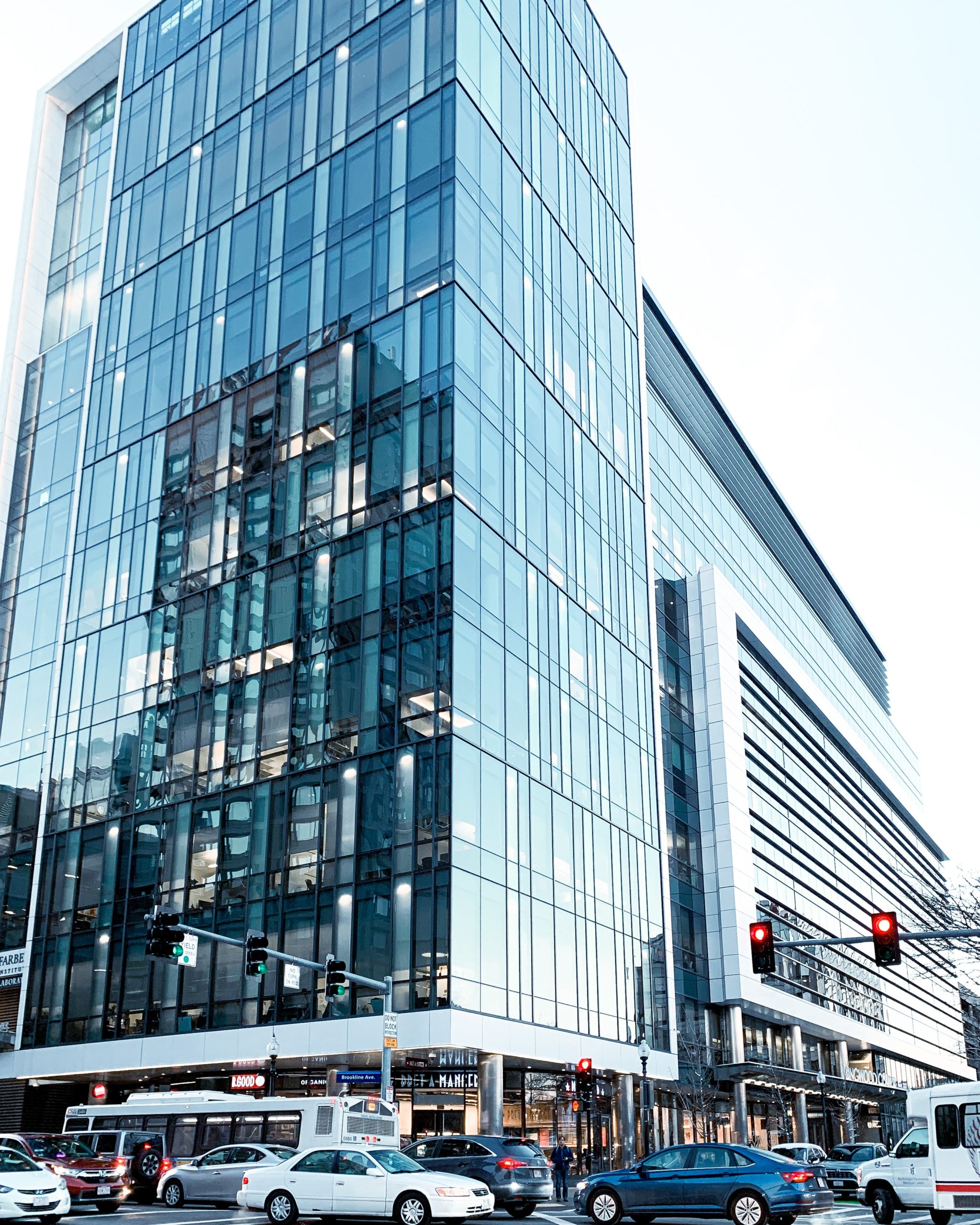
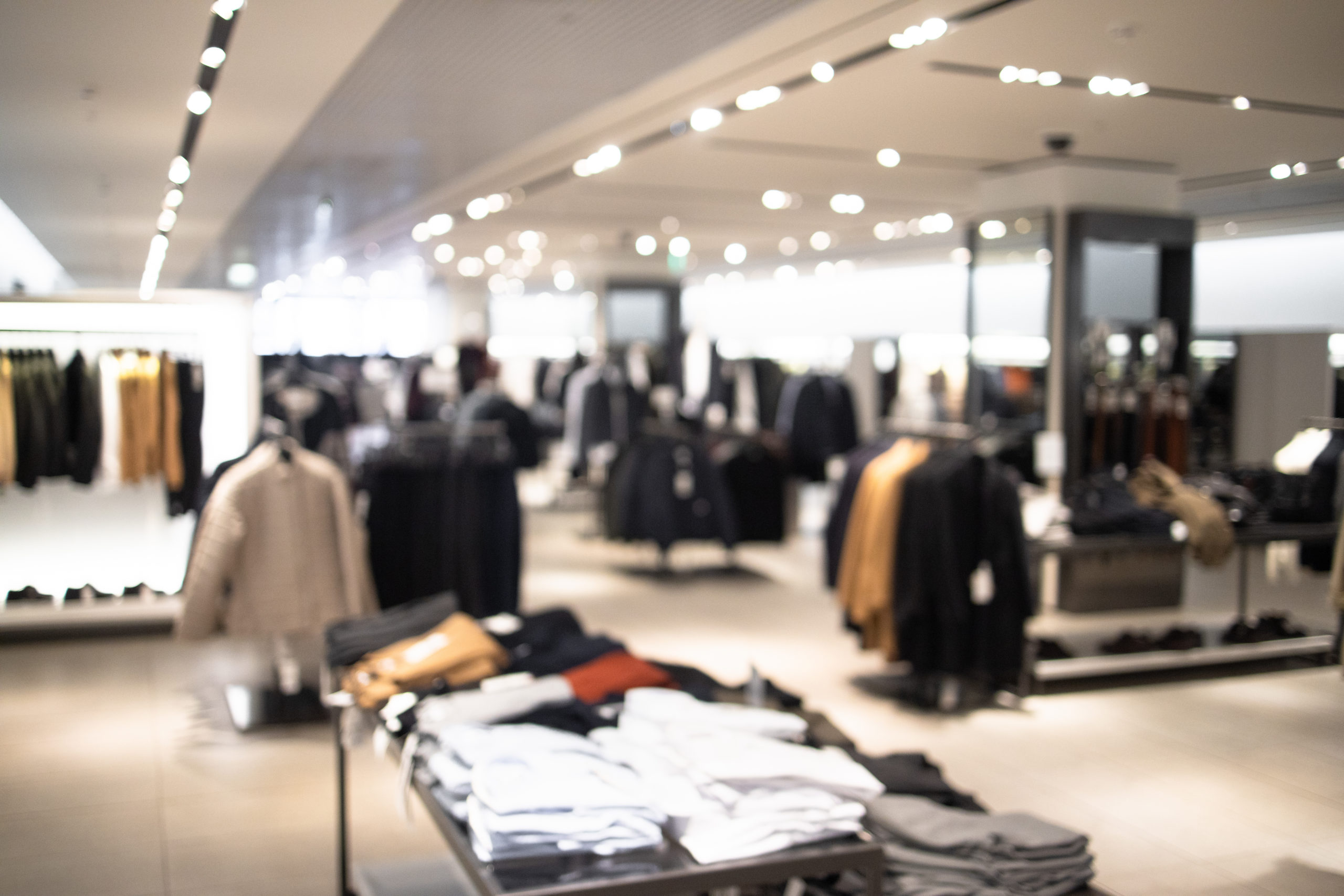
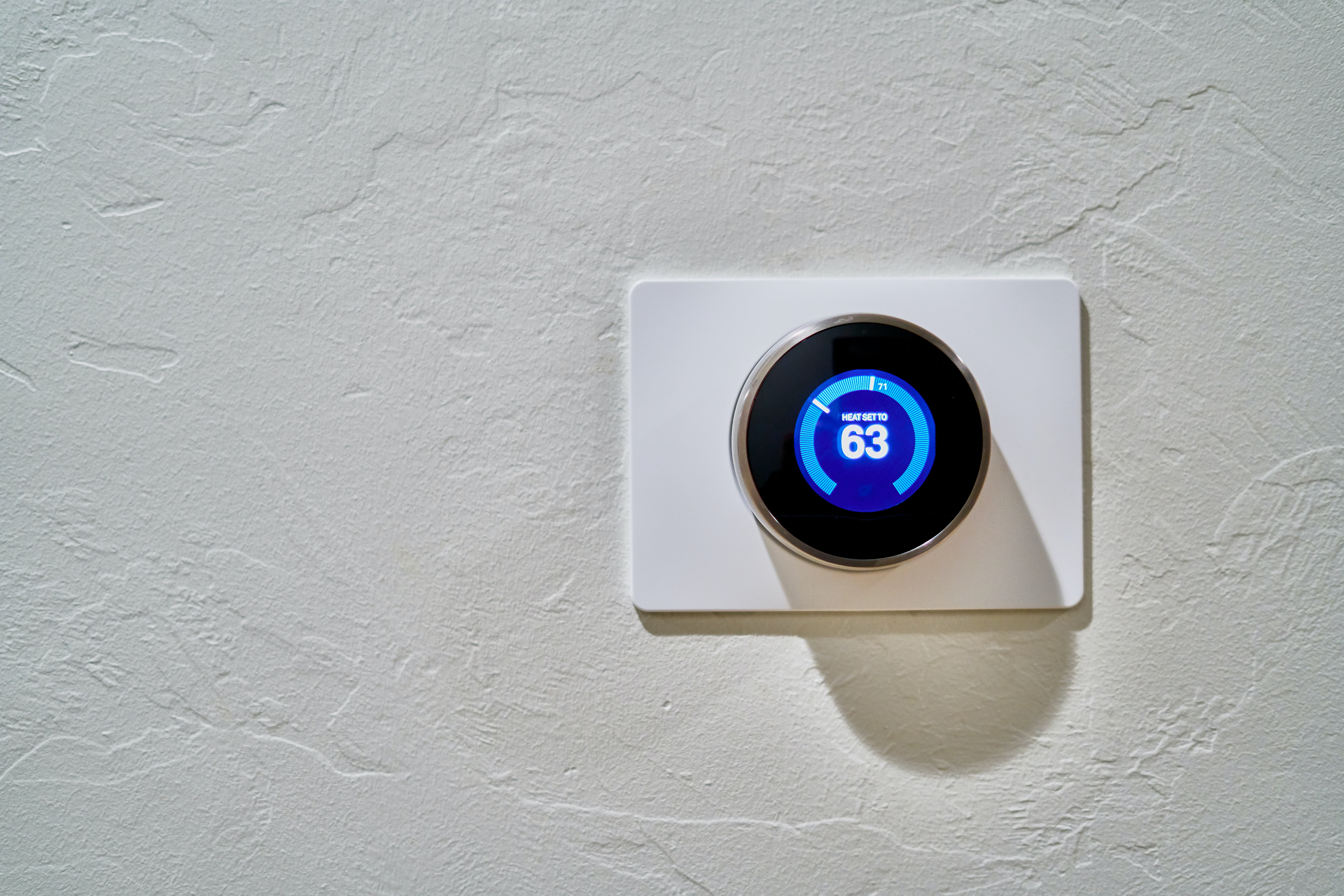
Outfit buildings with control systems that integrate, automate, and optimize a building’s multiple systems in order to reduce overall energy consumption.
Know where you’re going. Develop a sustainability plan for your business or organization with an emphasis on air quality and review the plan annually.



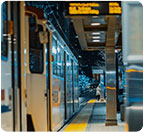

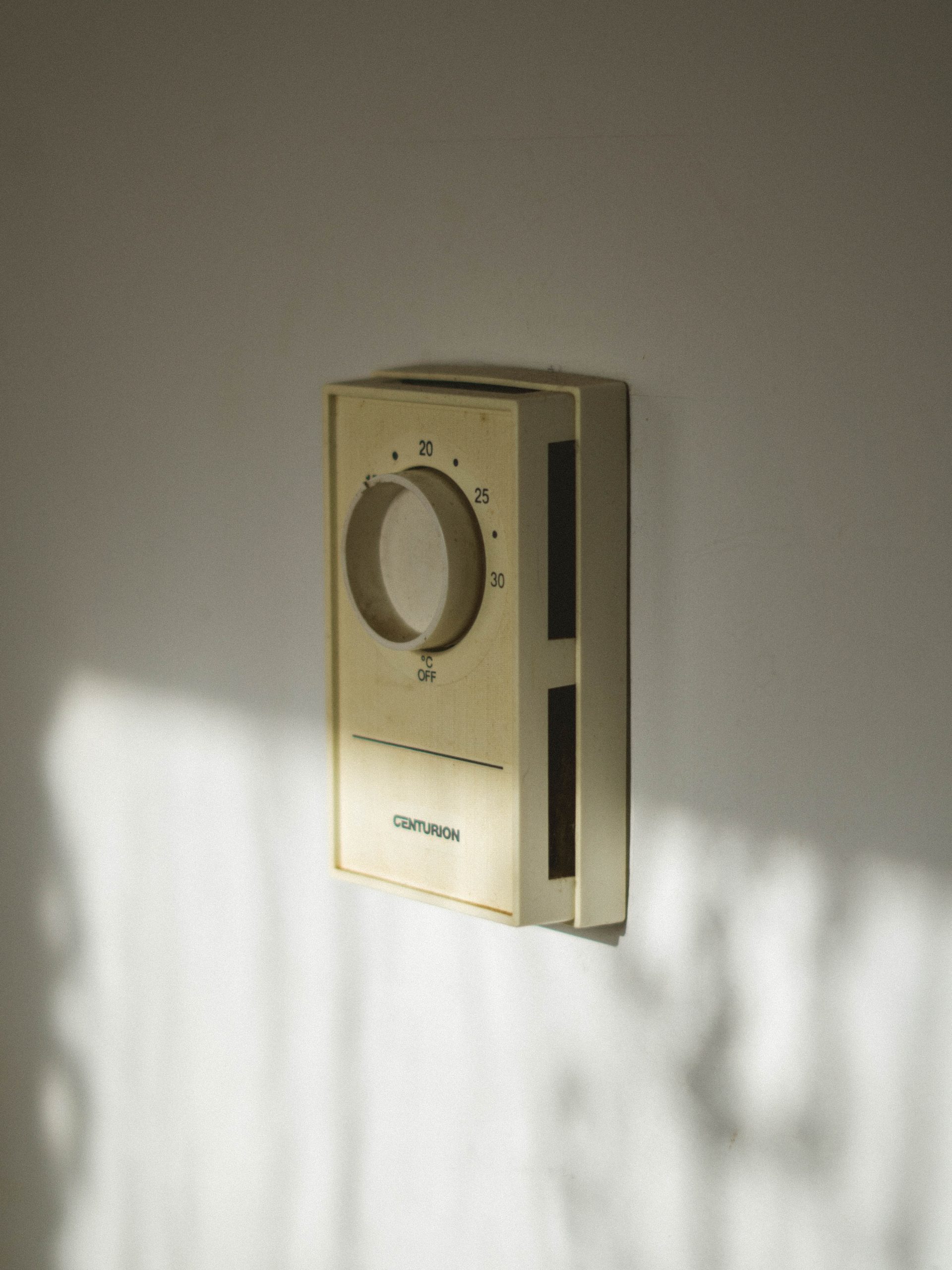
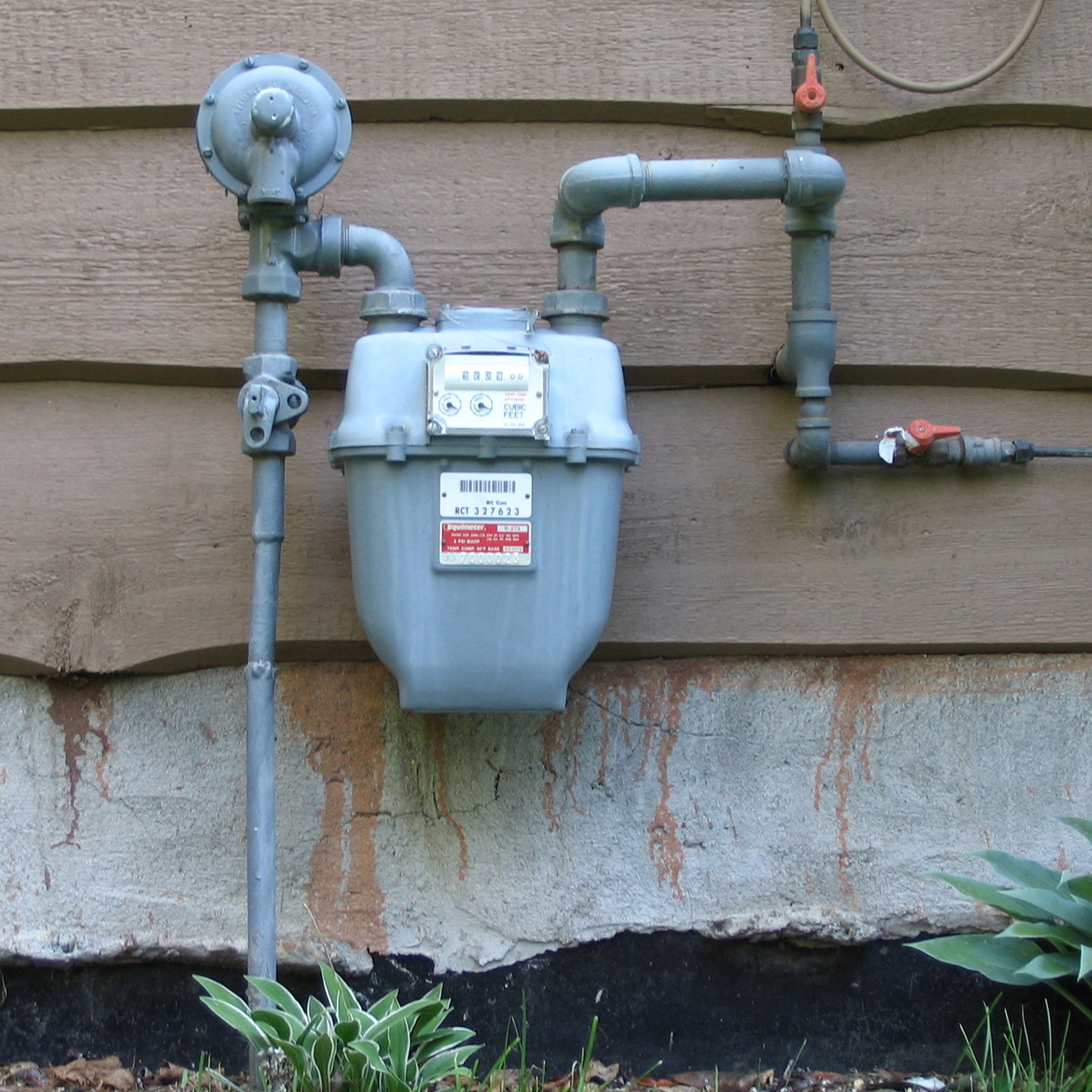
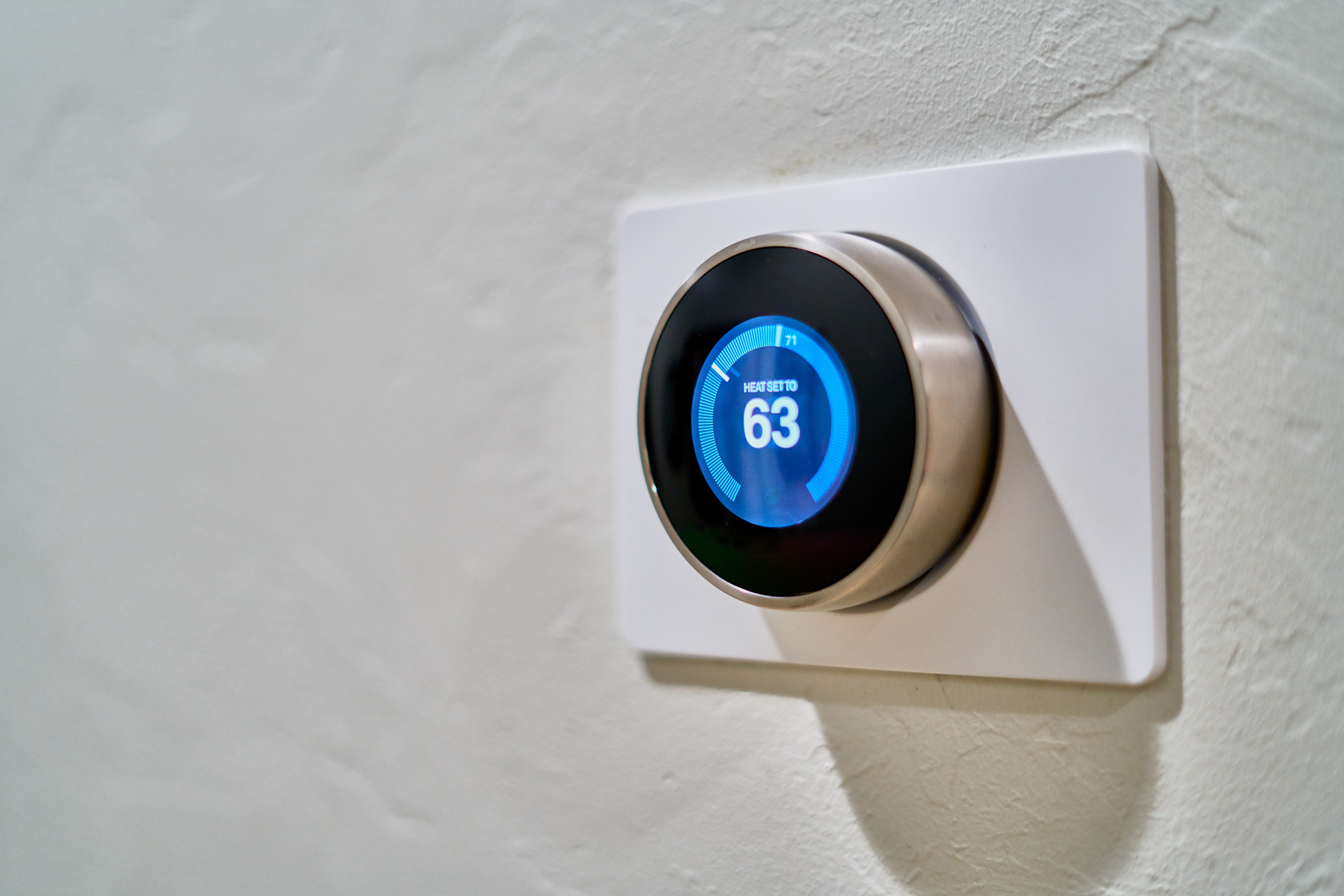
Lower your thermostat in the winter and raise it in the summer.
The average Utah household could save 0.06 pounds of pollutant emissions a year by lowering their thermostat by 1 degree in the winter. Businesses can make an even bigger difference!
How to help
CLEAN tools
Incorporating practices that help air quality aren't just the right thing to do; they're marketable thanks to widespread public support to clean the air. Building and automotive professionals can have an outsized impact on air quality thanks to their influence on the built environment and the cars we drive.
New, Tier 3 cars are cleaner than most old cars. Let customers know that their purchase is helping clean the air, and that clean vehicles, such as those with high smog ratings and electric vehicles, are even cleaner!

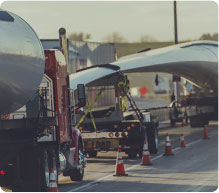
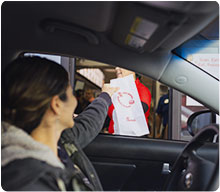
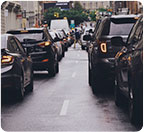
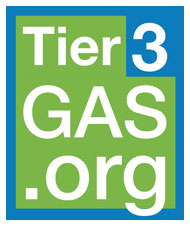

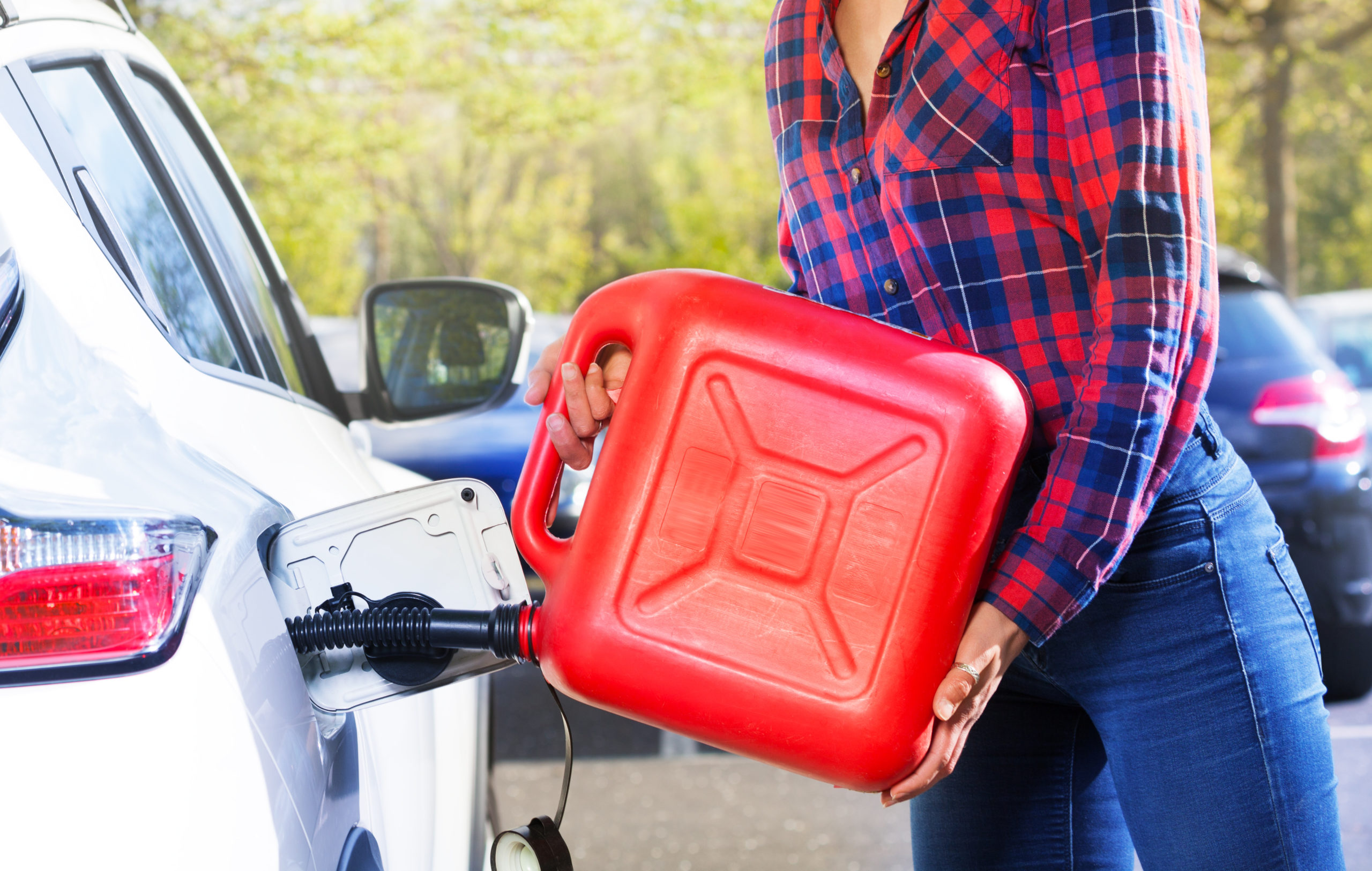

For the average Utahn, filling up with Tier 3 gasoline could eliminate 2.2 pounds of pollutant emissions annually. Let your customers know that the benefits are even greater with their Tier 3 vehicle. Tier 3 fuel doesn't cost any more money and is available at all octane levels. Just buy your gas at a station that uses Tier 3 fuel.
Commercial Property-Assessed Clean Energy (C-PACE) is a financing mechanism for clean energy and energy efficiency improvements in commercial and commercially operated multifamily properties.
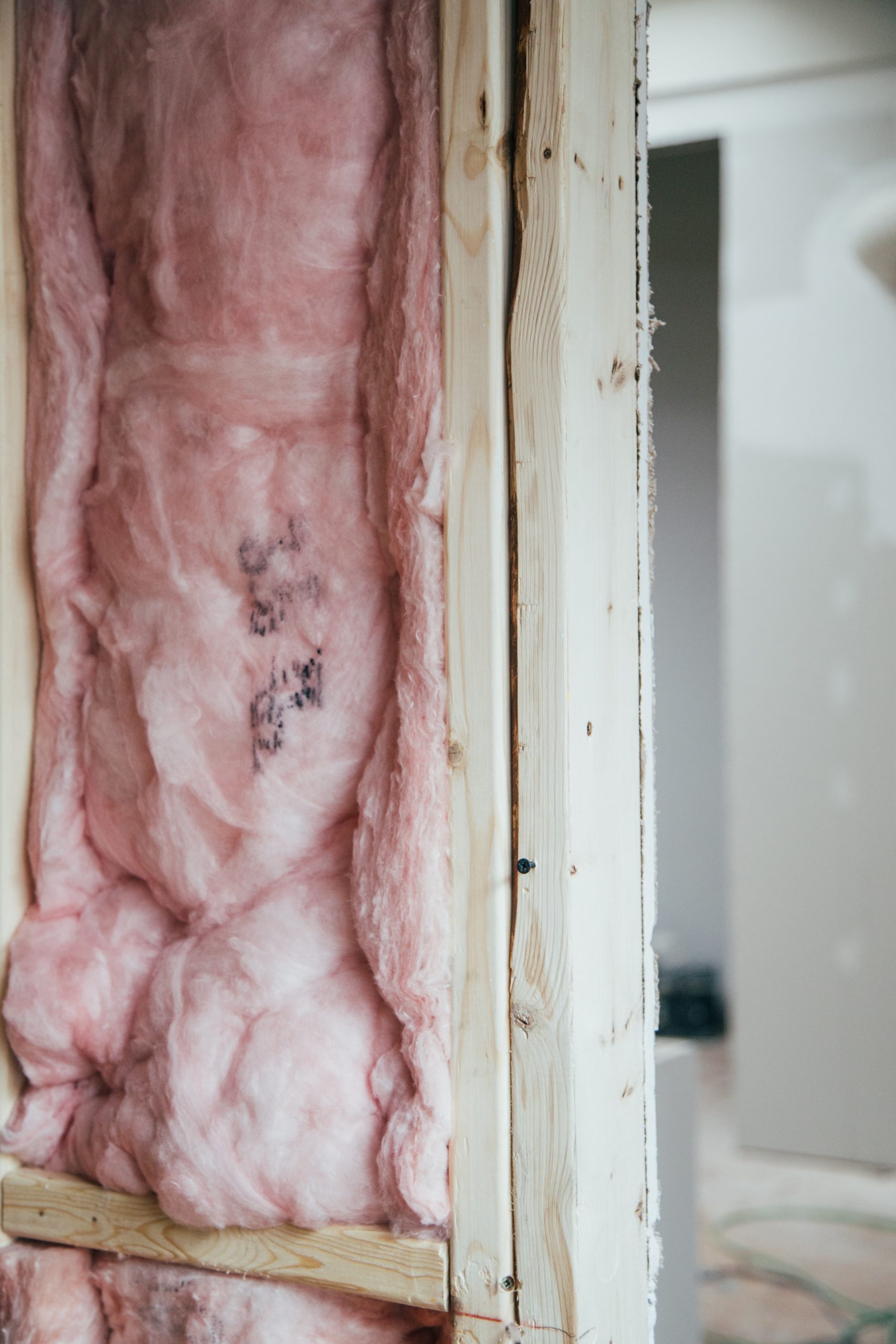
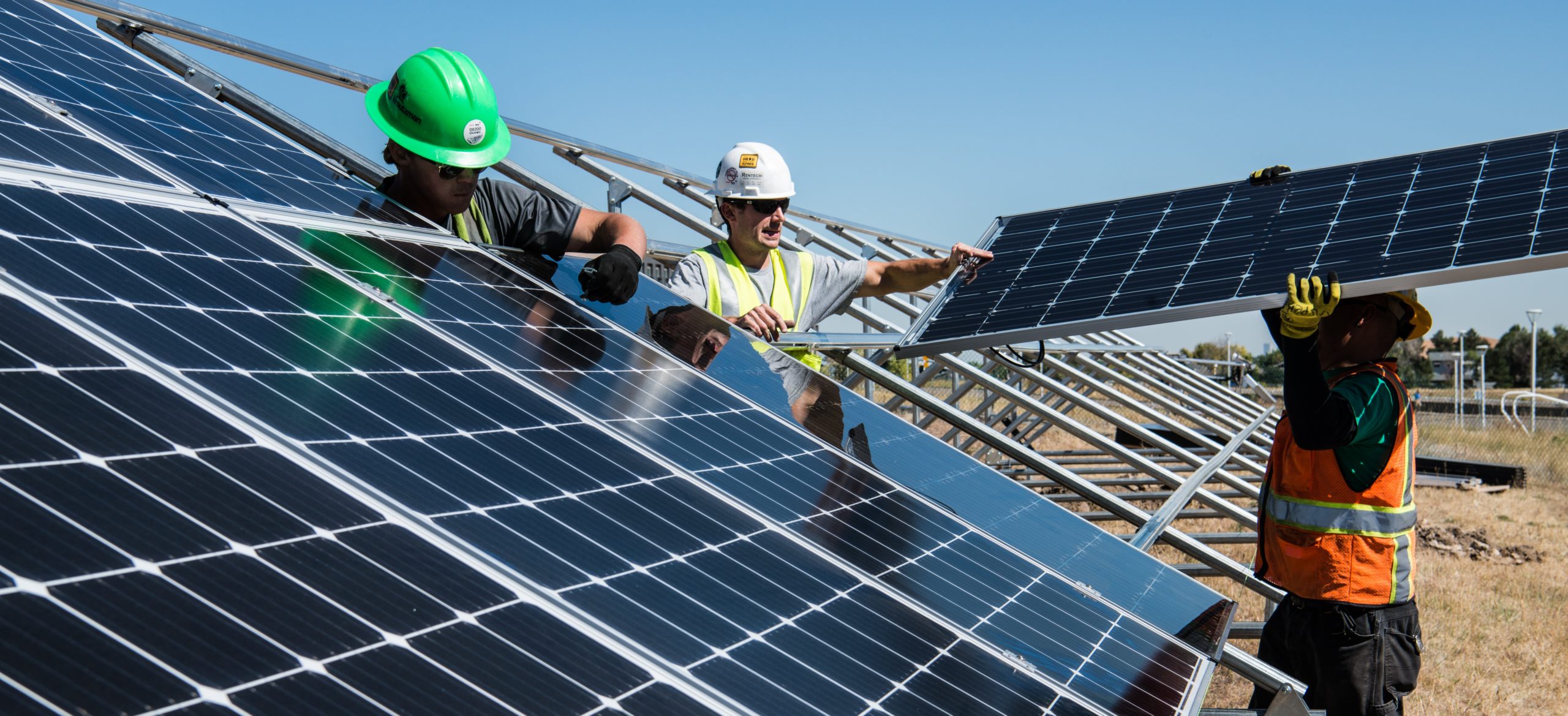
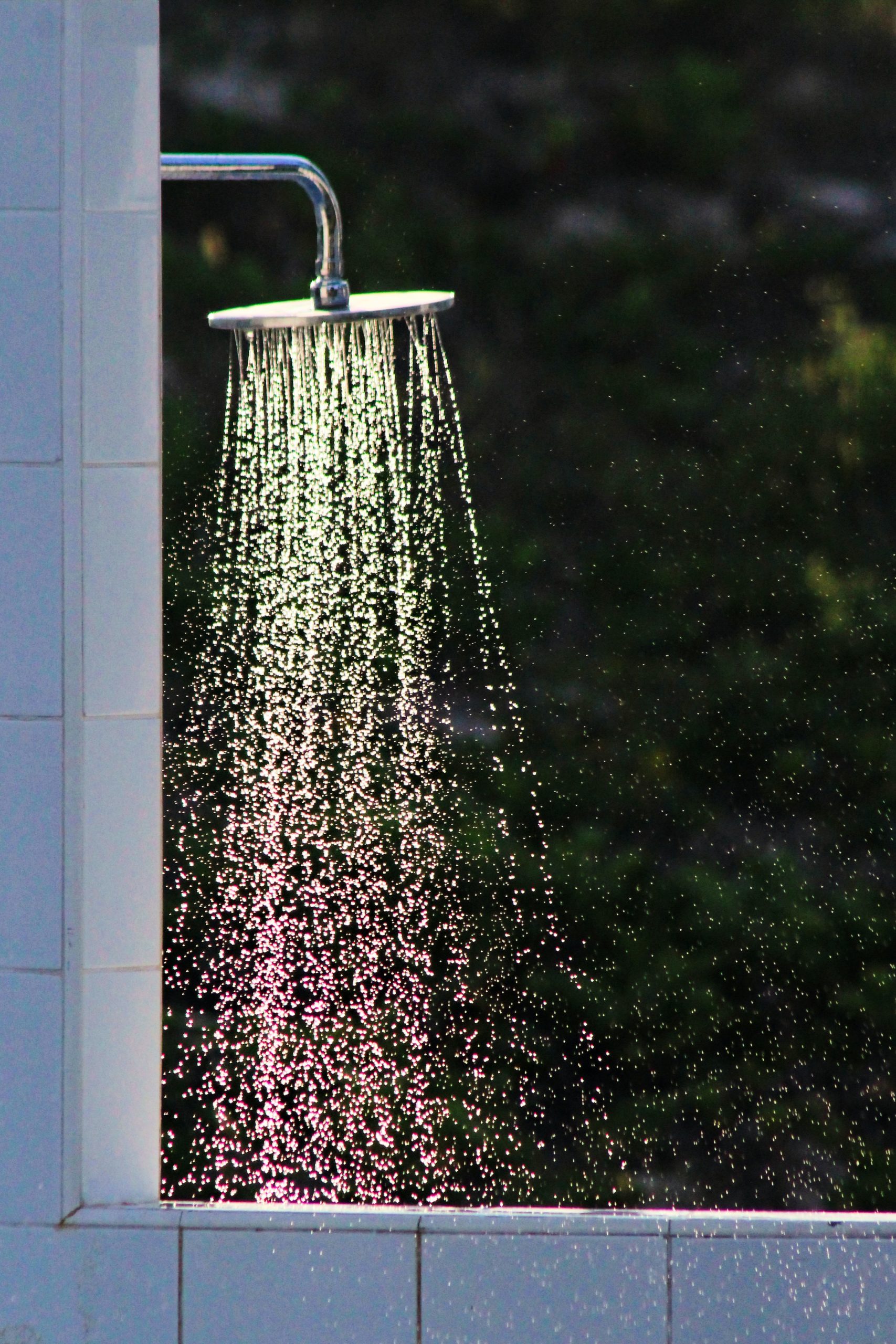
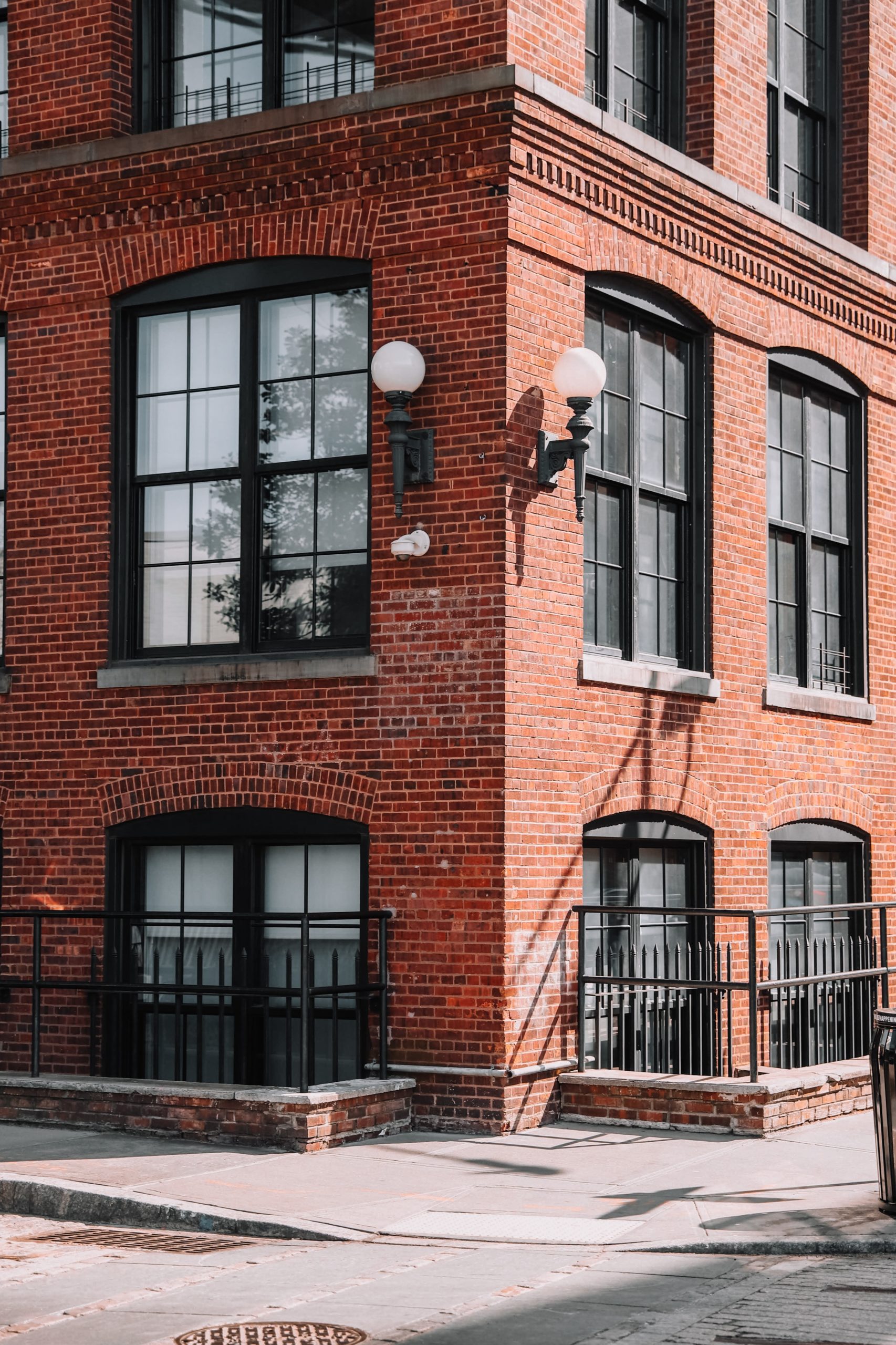
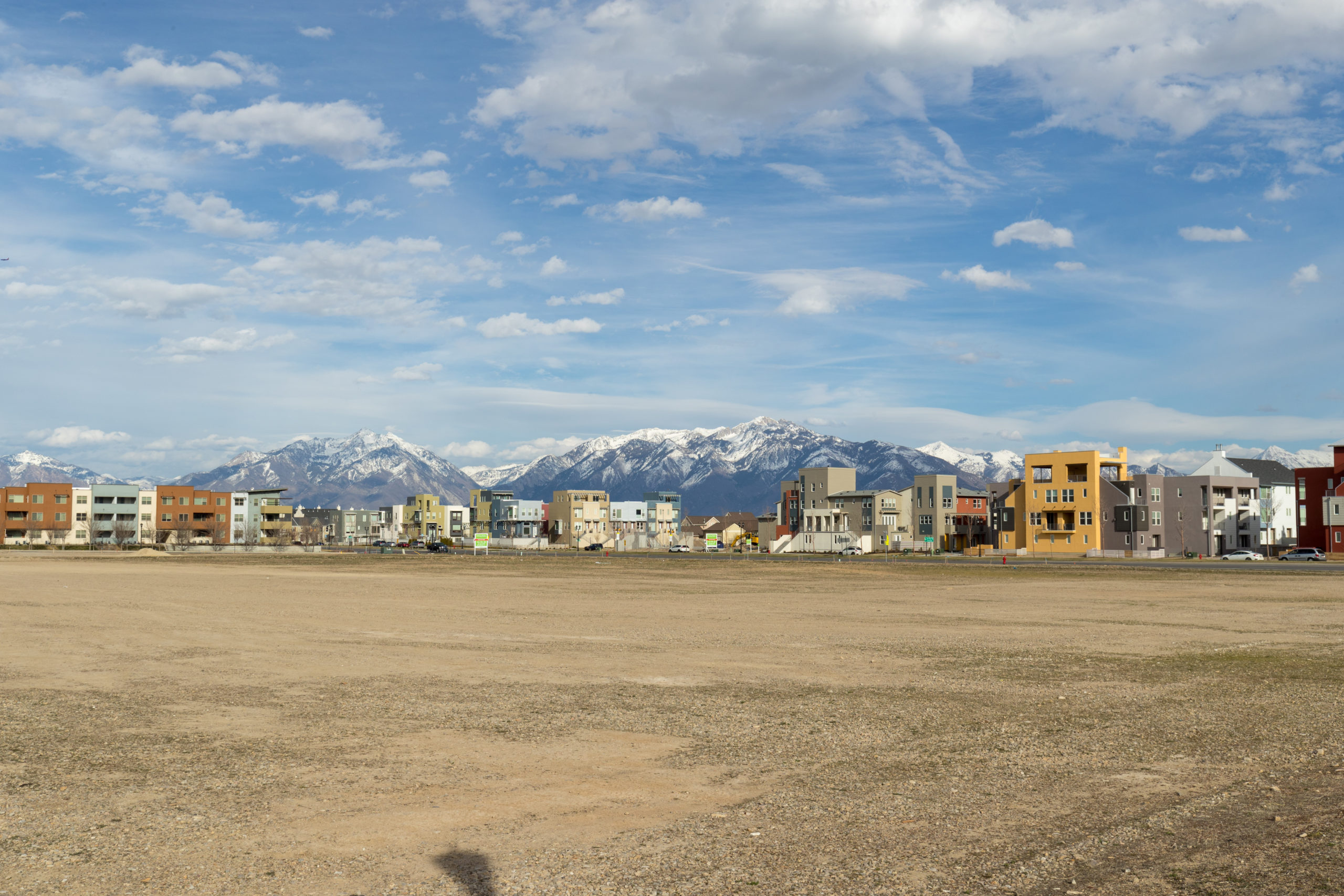
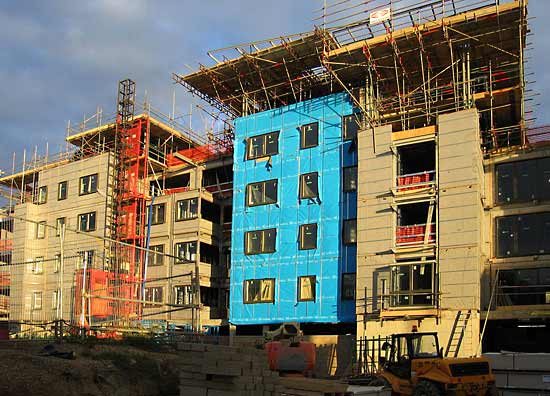
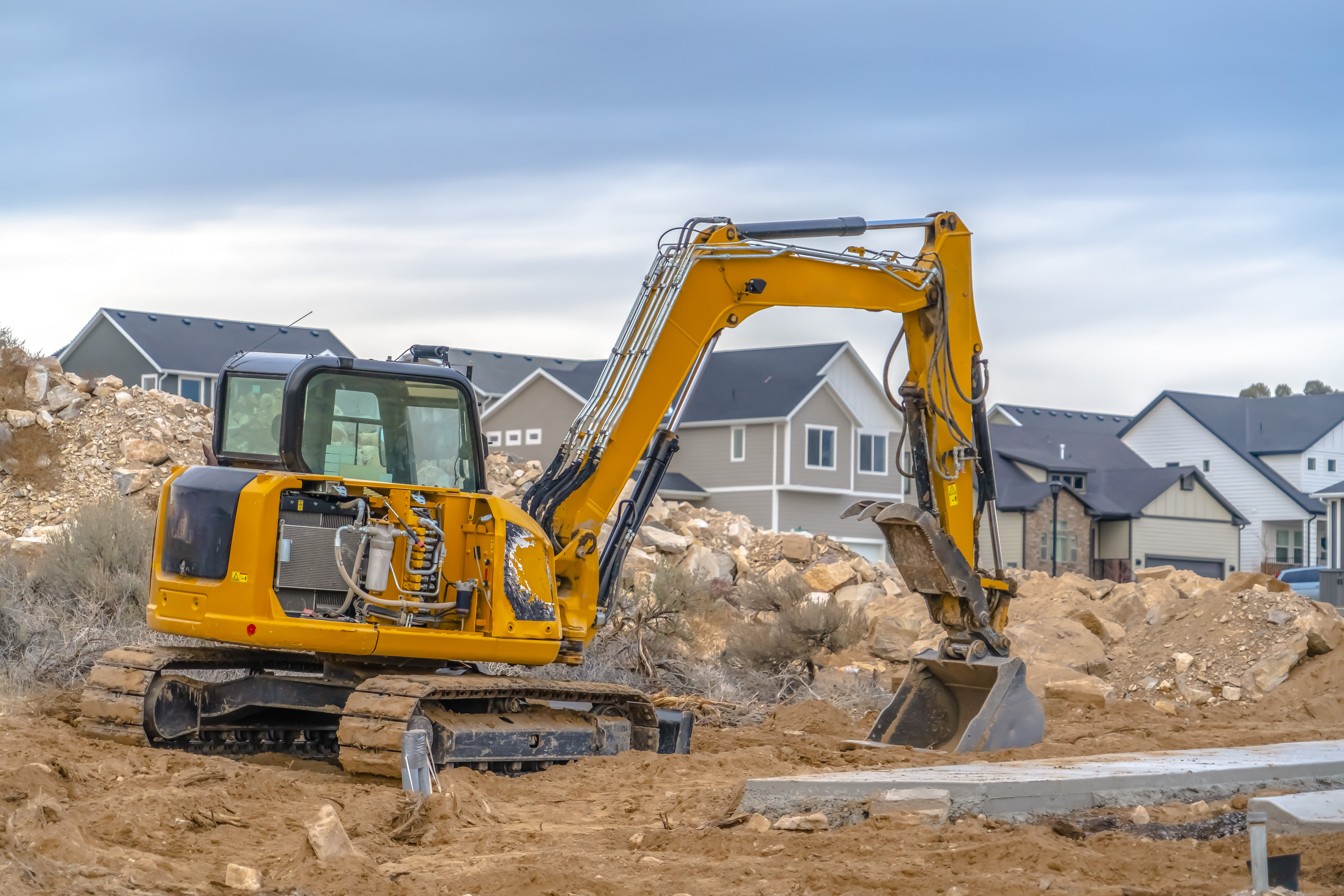

A building that can keep the heat in and the cold out (or vice versa) will use less energy, regardless of how it is heated or cooled.
Building and real estate professionals have an opportunity to promote best-available technologies in new and renovated buildings.

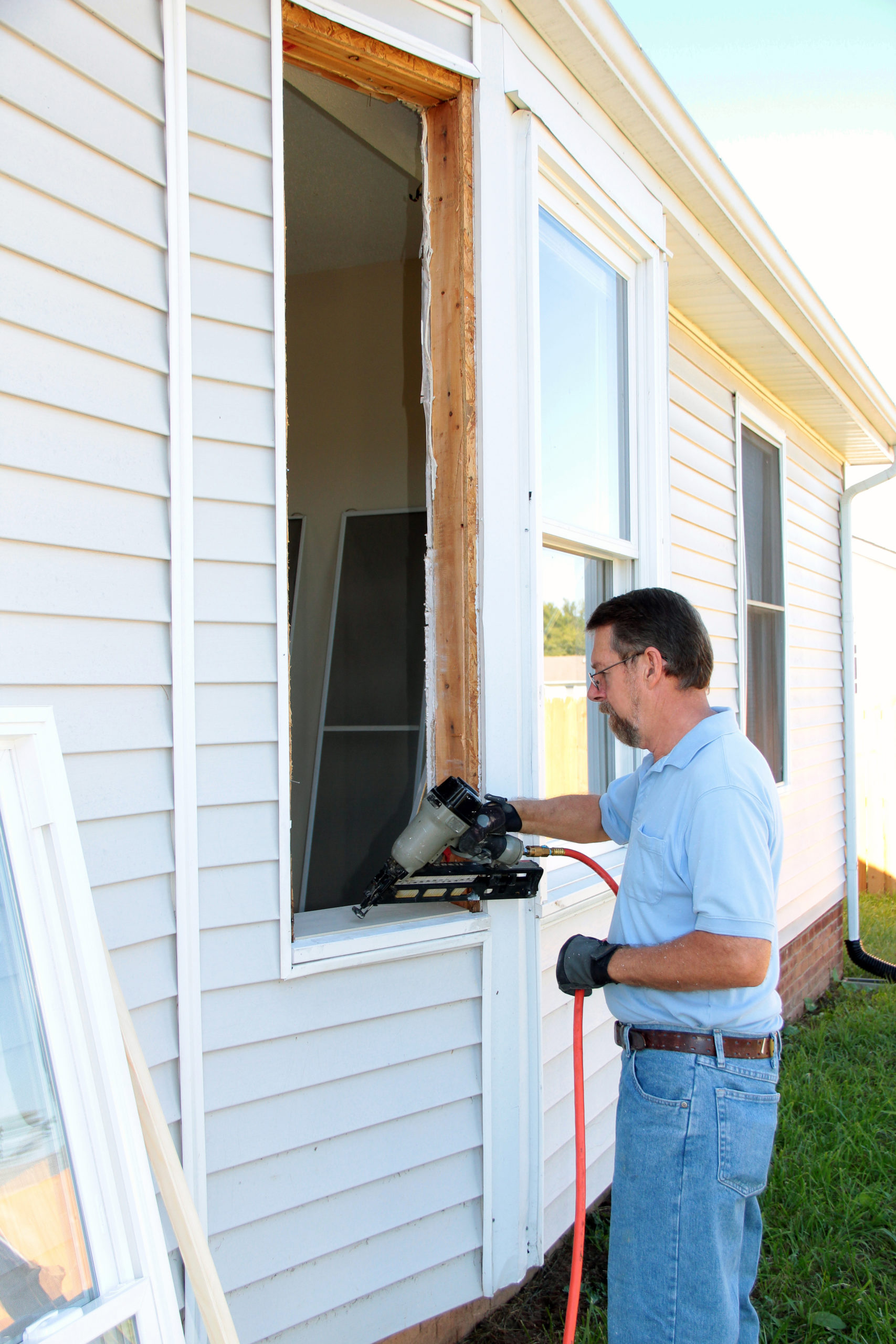
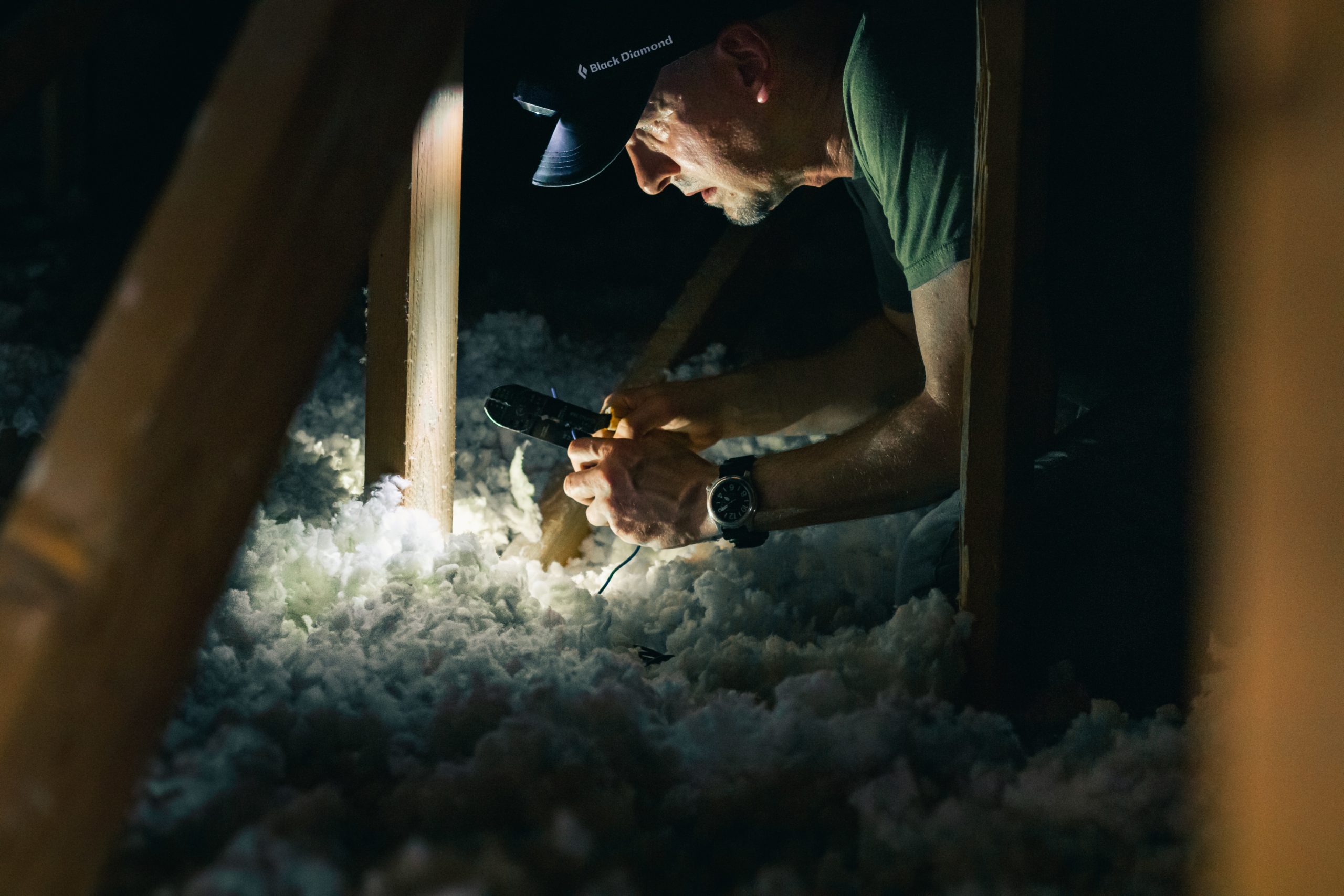

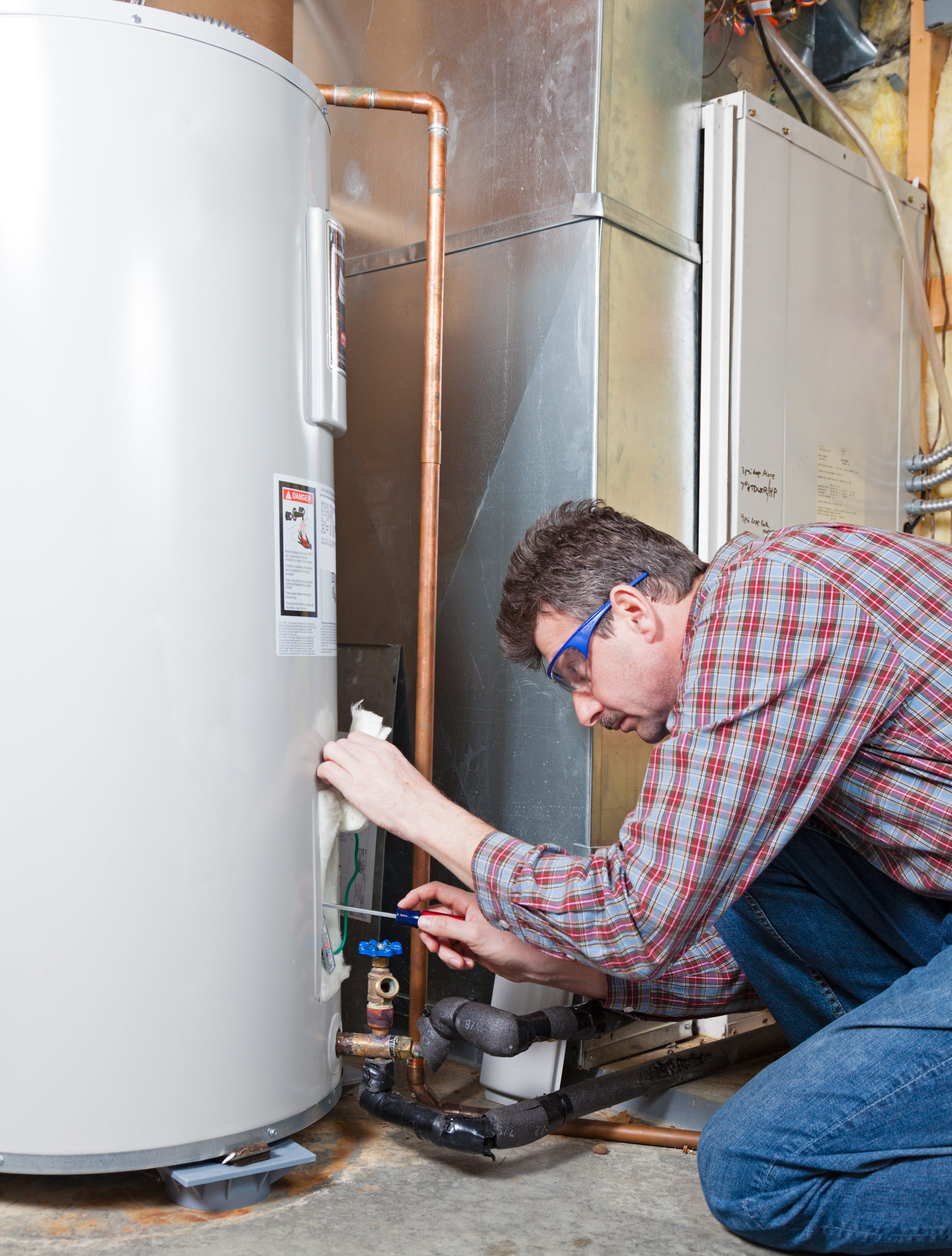

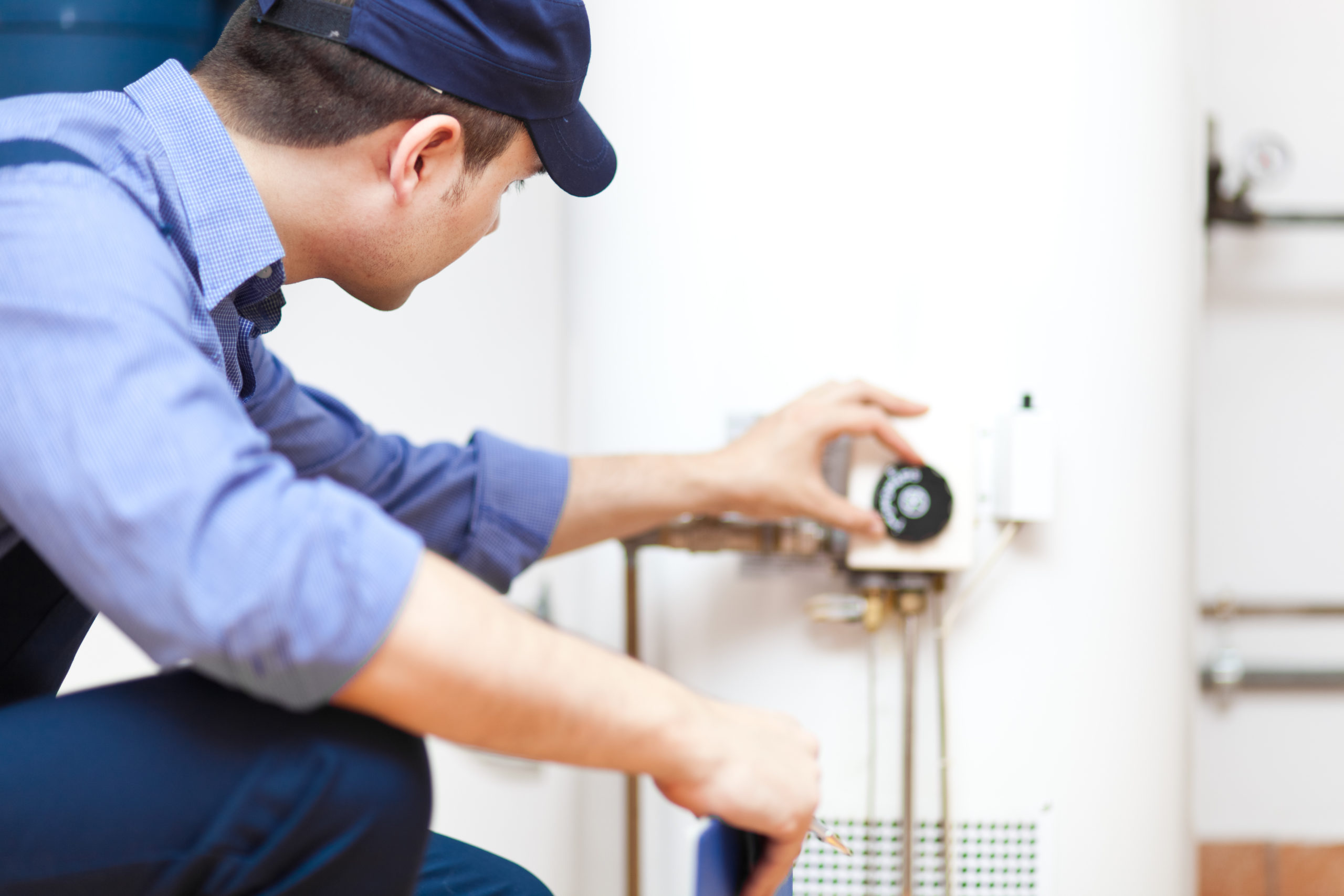
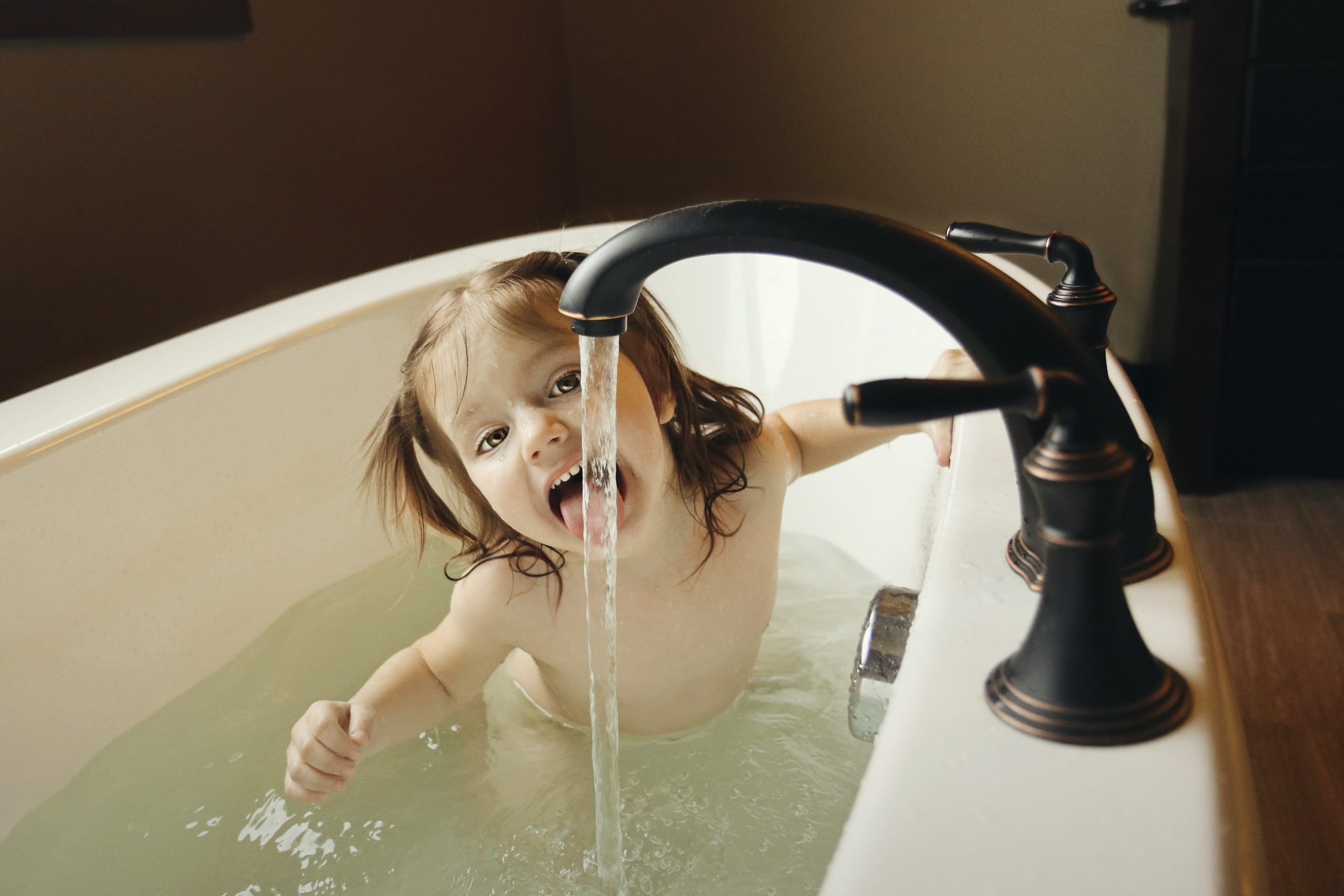
Ultra-Low NOx water heaters emit significantly less than older models, but tankless, heat pump, and solar water heaters may reduce emissions even more!
This strategy requires building a network of different sizes of walkable, mixed-use activity centers that are connected by high-capacity transportation corridors.
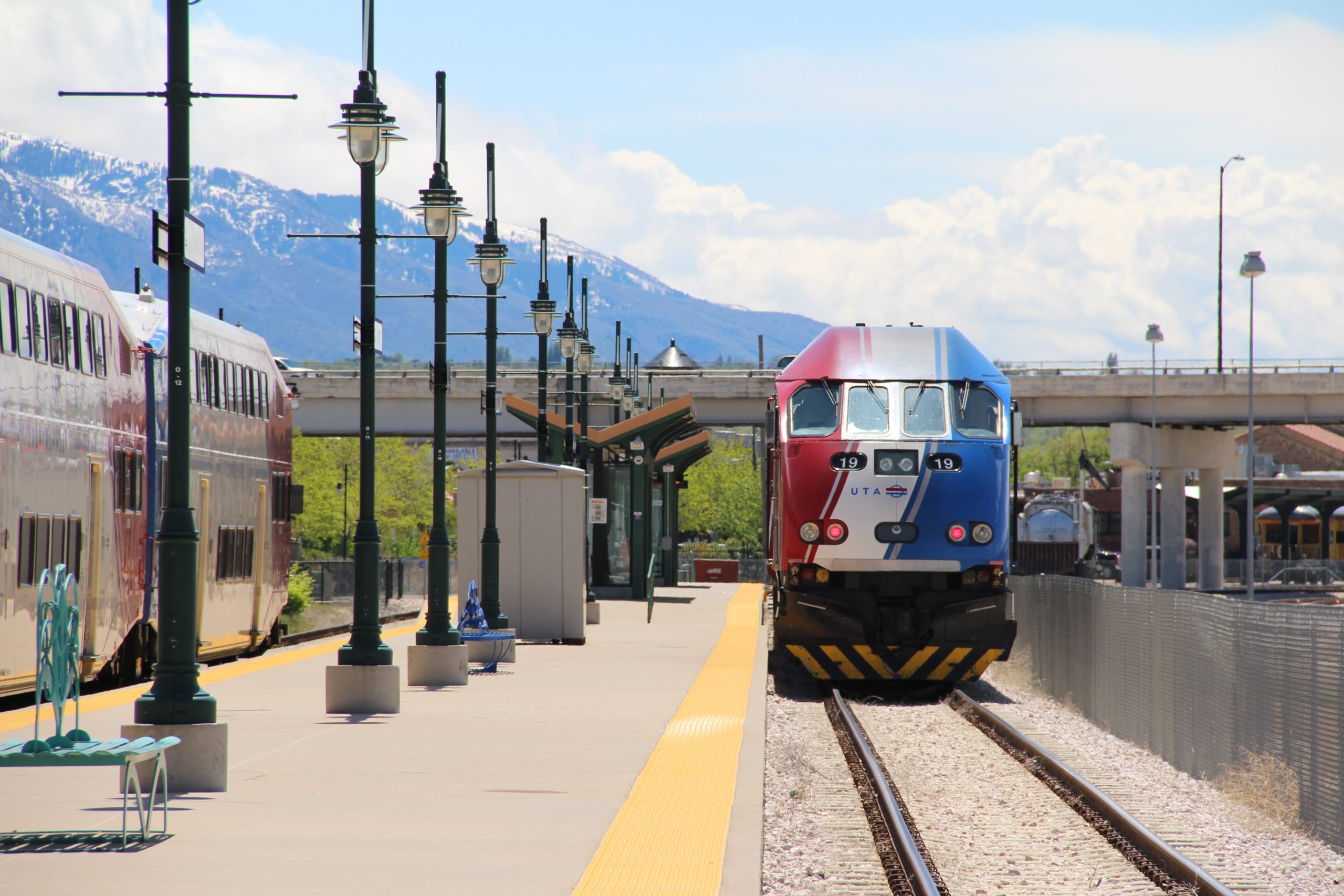

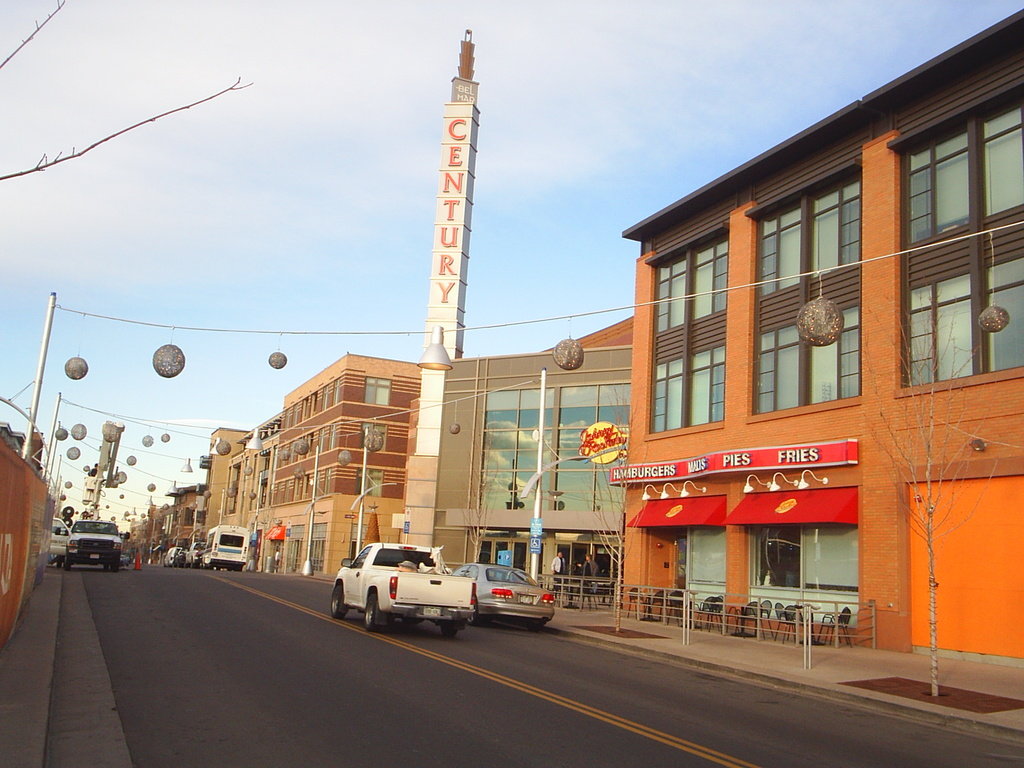
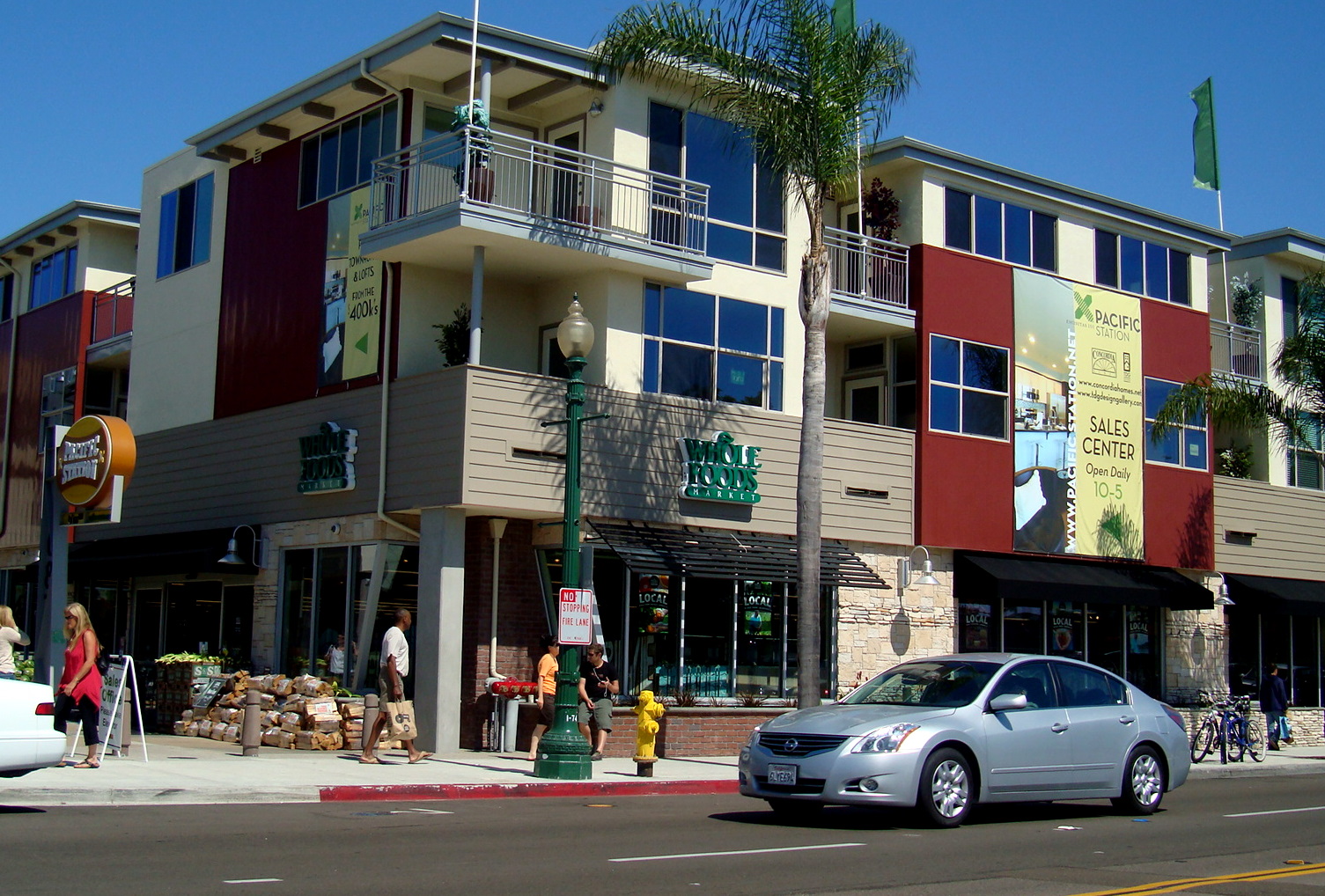

The gold standard in clean buildings are Zero Net Energy (ZNE) homes. ZNE homes incorporate weatherization, upgraded heating systems, renewable energy, and more to minimize emissions. Click the infographic to explore the energy saving potential of each strategy. What would it take to make your project Zero Net Energy?
The gold standard in clean buildings are Zero Net Energy (ZNE) homes. ZNE homes incorporate weatherization, upgraded heating systems, renewable energy, and more to minimize emissions. Click the infographic to explore the energy saving potential of each strategy. What would it take for your project to be Zero Net Energy?

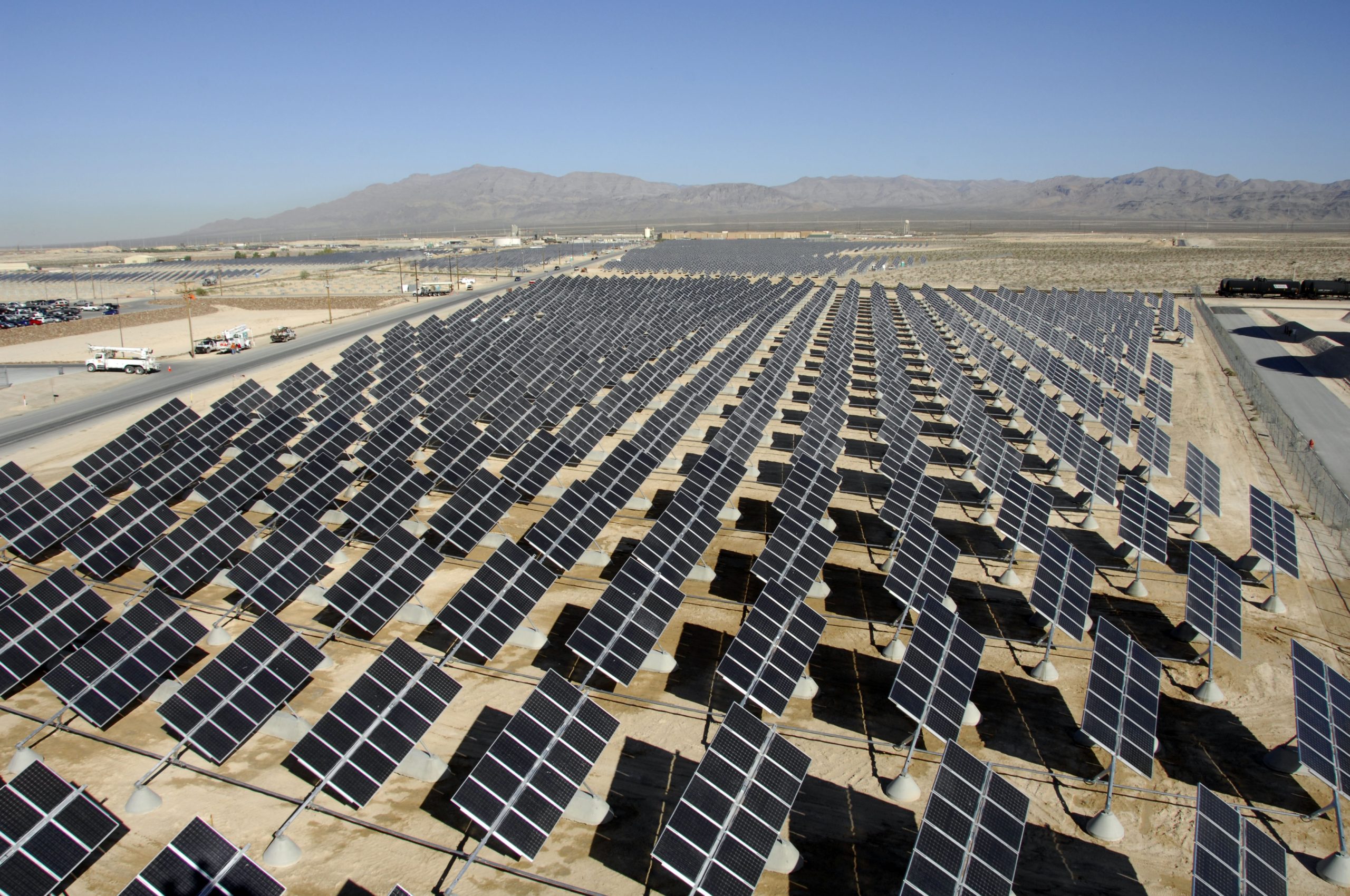
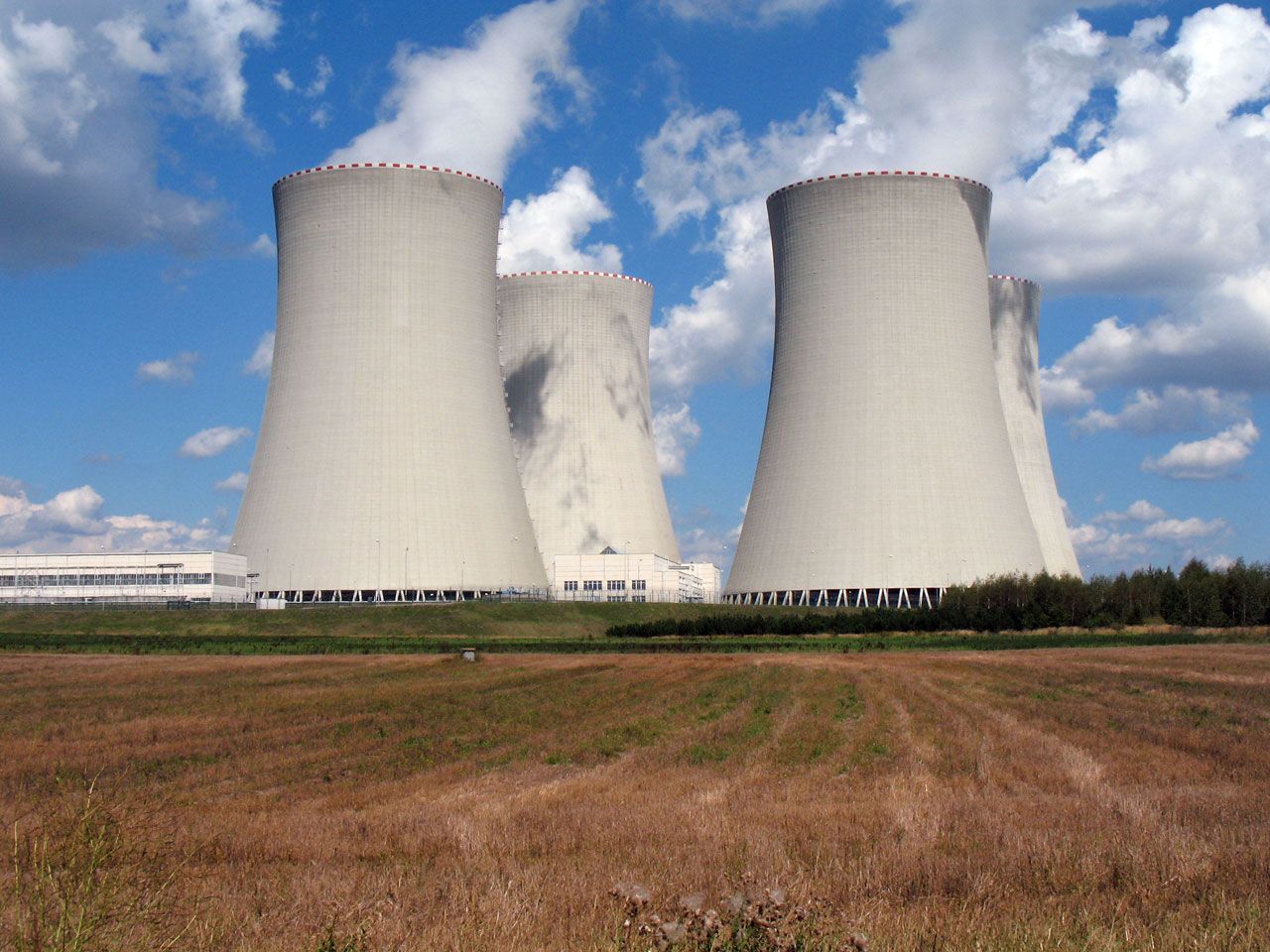
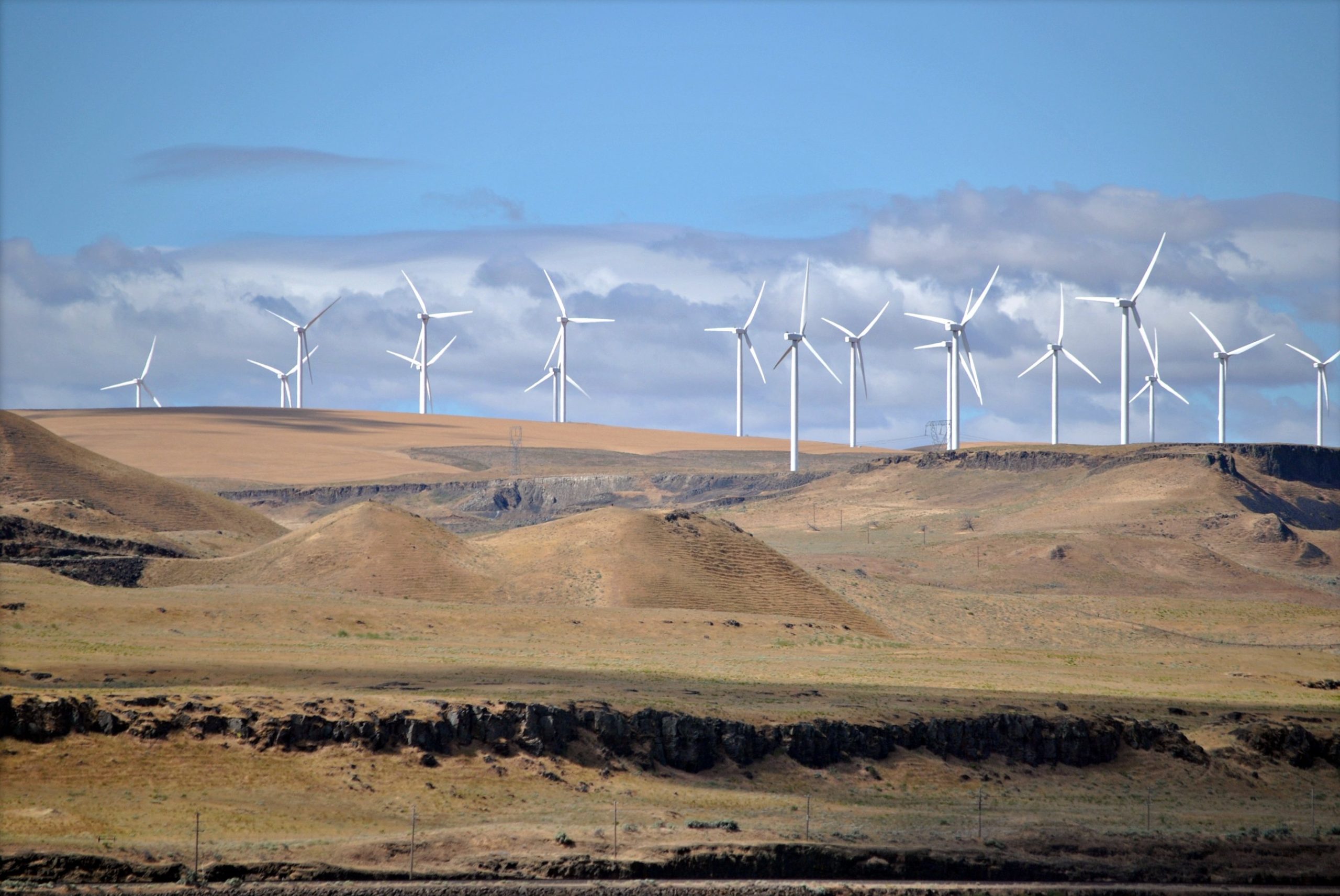

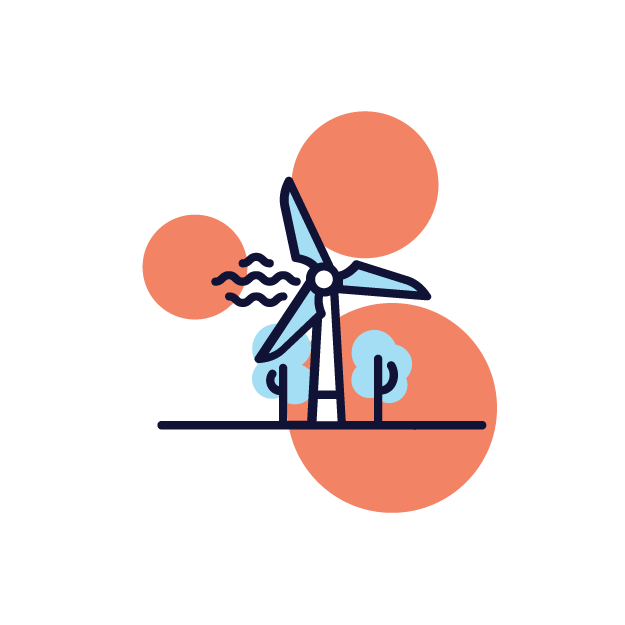
Using renewable energy sources may improve our local air quality and can significantly reduce overall greenhouse gas emissions.

